France
Paris
Switch to your local agency
Retour au menu
Questo è il terzo articolo che raccoglie le riflessioni e gli stimoli generati dal nostro playbook Design for Future. Dopo esserci interrogati su come rifondare la relazione con i consumatori e rispondere i nuovi bisogni, con questo articolo conclusivo proviamo ad andare oltre la pandemia per tentare di scorgere cosa verrà dopo e soprattutto cosa rimane.
I nuovi bisogni scaturiti dall’emergenza sanitaria hanno stimolato le aziende a rinnovare la propria offerta in pochissimo tempo, con fenomeni di brand extension in settori prima esclusi dalla propria strategia. Per esempio nel mondo della ristorazione, abbiamo visto l’affermarsi del food delivery, spesso più come risposta emergenziale che come scelta strategica. Fare questa operazione presenta tuttavia dei rischi perché la coerenza con i valori del brand deve essere rispettata per non inficiare credibilità e reputazione. In questo senso Langosteria è uno dei primi esempi di brand di fine dining che ha deciso di portare a casa dei propri affezionati clienti non solo il cibo ma l’intera esperienza Langosteria fatta di ritmo, eccellenza ed italianità contemporanea.
Come Cba abbiamo sviluppato l’identità visiva di Langosteria a casa cercando di far vivere su tutti i touchpoint l’essenza della marca. In questo progetto infatti nulla è stato lasciato al caso: partendo dalla vestizione dei furgoni climatizzati e le divise del personale, alle shopper, il cestino per il pane e la carta per alimenti. Portare l’esperienza Langosteria a casa significa anche optare per una scelta che è allo stesso tempo sostenibile e che esalta la qualità della cucina espressa, come i vasetti in vetro personalizzati con pendagli che richiamano le diverse linee di servizio. Infine il ritmo, che scandisce il lavoro della brigata degli chef in Langosteria è accessibile anche a casa, nella forma di una playlist Spotify creata ad hoc.
Quali nuovi bisogni emergeranno per il consumatore nei nuovi scenari? Quali nuovi touchpoint sarà necessario attivare per fare la differenza online e offline?
Quando parliamo di nuovi canali immaginiamo subito quelli digitali, soprattutto dopo il lock-down che ha visto le vendite online impennarsi, così come l’affermarsi del food delivery. La complessità del mondo in cui viviamo ci ha però insegnato che i cambiamenti non sono mai unidirezionali. Infatti c’è chi sta accelerando proprio sul processo inverso, nascendo come piattaforma online di food delivery e puntando invece proprio ora sulla presenza fisica nei quartieri centrali delle metropoli.
Parliamo di Deliveroo che sta sviluppando progetti di retail per il pick-up degli ordini online, come a Wanchai, Hong Kong. Si tratta di un upgrade di Deliveroo Editions che con le sue ghost-kitchen metteva a disposizione cucine professionali a chef e brand di food che lavorano con il delivery solo in certe aree delle città.

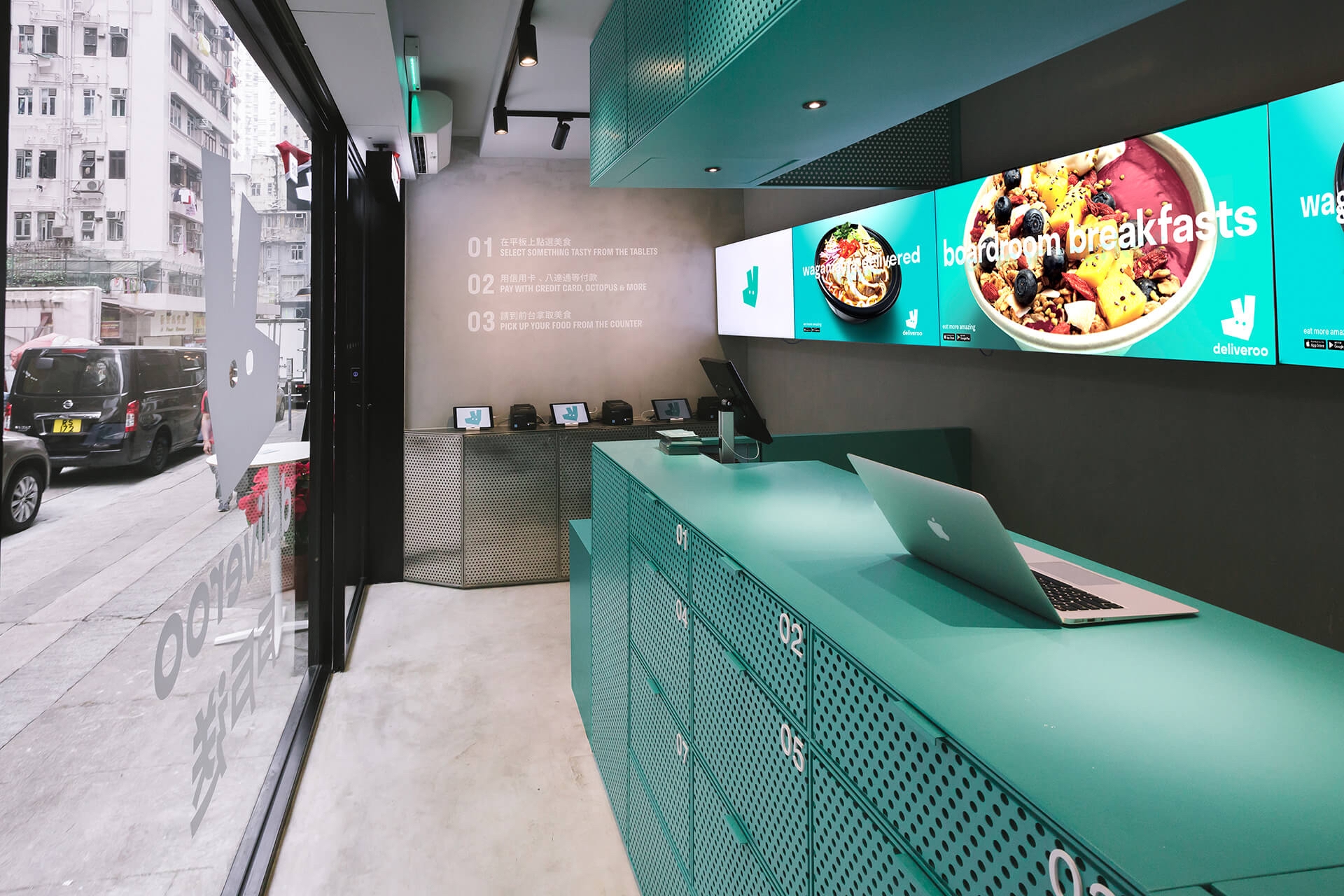
Questo progetto che vede il leader mondiale della delivery investire nel retail fisico, prevede sia la possibilità di ordinare dall’app che di ordinare dai tablet in loco ed assistere poi, attraverso un set di VR, alla preparazione del proprio piatto live. Una possibilità questa, che prova a ridurre i problemi legati alla percezione di insicurezza igienica emersa durante l’emergenza Covid19. Quello che è certo è che si tratta di un’operazione che offre una nuova opportunità al brand per stringere la relazione con i propri utenti.
Il cambiamento climatico ed il consumo di risorse sono tra le sfide più grandi che affronteremo nei prossimi decenni. Durante la pandemia la consapevolezza ecologica dei consumatori si è accentuata: secondo una ricerca di marzo 2020 del Pew Research Center il 60% degli americani considera il cambiamento climatico una delle maggiori minacce per l’uomo.
Gli schemi adottati dai brand per fare fronte a questa necessità sono diversi ma la maggior parte è focalizzata sul prodotto e la sua produzione. Essere sostenibili però è possibile anche creando nuovi business model che fanno riferimento ai principi dell’economia circolare. In questo senso è interessante l’invenzione nel mondo della delivery del “packaging as-a-service” della start-up francese Living Packets. The Box è un contenitore smart per le spedizioni, riutilizzabile più di 1000 volte.
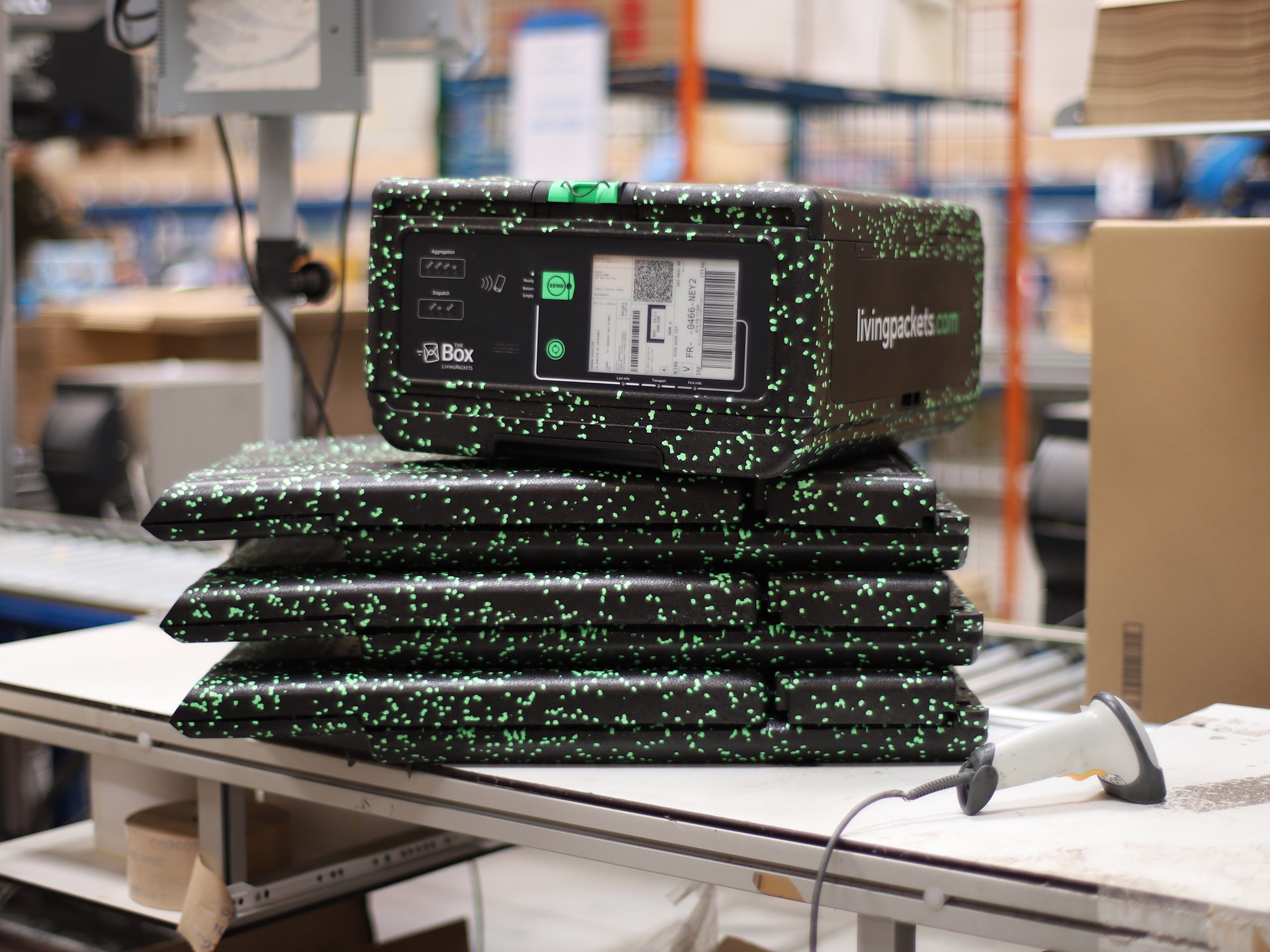
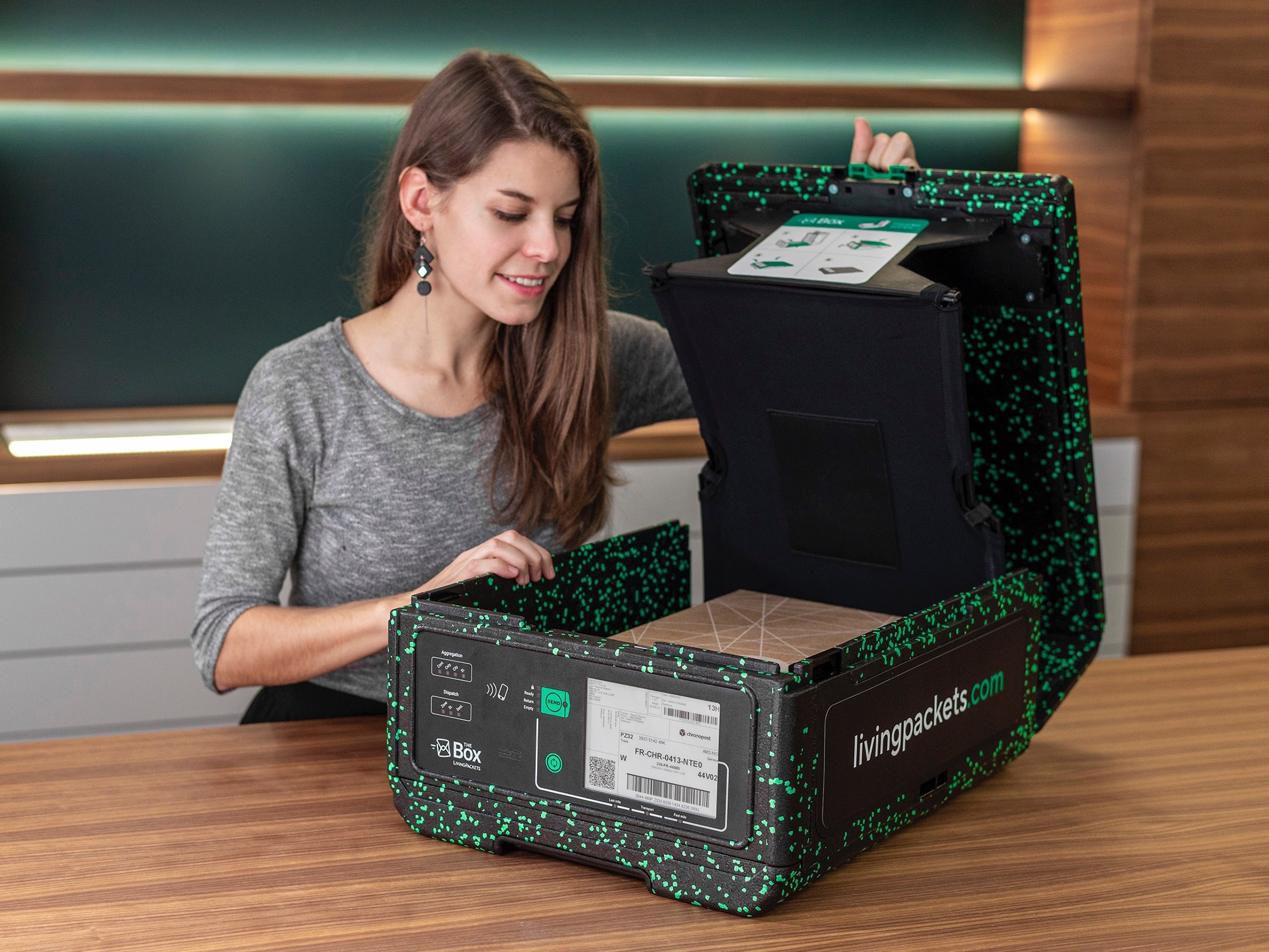
Oltre ad eliminare cartoni, polistirolo ed etichette (grazie ad un minischermo), permette un’esperienza di delivery mai sperimentata: attraverso diversi sensori rileva gli urti, le infrazioni/aperture della scatola, la temperatura esterna e risolve molti pain-point della logistica last-mile, grazie al tracking gps.
L’elemento interessante è però il business model perchè The Box è un packaging as-a-service, dove gli e-tailers pagano non per l’acquisto ma per l’utilizzo di questa box intelligente ed ecologica, i vettori guadagnano dal loro trasporto ed i consumatori pagano per servizi extra.
Mai come oggi è quindi necessario mantenere alto lo spirito d’innovazione, interrogandosi su come il proprio brand possa davvero essere rilevante, su quali opportunità si aprono in un mondo che cambia velocemente e dove gli scenari futuri appaiono incerti. Cominciare dalle giuste domande è il punto di partenza.
Francesco Saviola, Strategic Designer at CBA
After having looked at the question of how to rethink relations with consumers, this second article continues the series dedicated to the playbook Design for Future: a guide that facilitates a brand’s reconnection with the market and consumers.
The change in lifestyle that we are currently experiencing, as sudden and radical as the pandemic that triggered it, has overturned priorities and needs, bringing new habits and requirements to light.
If they are to survive, brands should not assume that their product or service is the response to a demand that still exists or will return at some point in the future, but they should be able to perceive the signs of new needs. These signs can be discovered by the close observation – as far as is possible – of consumers, and reflecting on their own resources, in order to understand which response could be the most appropriate, and in which format. This dual approach to researching consumers and the brand takes place on three levels:
1. Researching new consumerist moments, observing the changing habits and requirements developed by a brand’s consumers and all the individuals that can be reached through its channels
2. Researching the new channels used by both the brand’s current and other potential consumers, observing how individuals search for solutions to their changing requirements
3. Researching the potential of new channels, dedicating attention above all to the digital world, the difficulties encountered by people, and the opportunities offered by the latest technology
Papier, a British online stationery shop, has rediscovered the need, amongst its customers and an even wider public at large, to communicate their affection to loved ones during lockdown. This was a rediscovery of the brand’s role, and above all it offered immense business opportunities: in fact, Papier is one of the few companies that has trebled its turnover in this period. Taymoor Atighetchi, founder and CEO, recognised people’s need – in first instance, his own need – to send a gesture to distant family and friends, expressing the concept “I am thinking of you” in a more tangible and concrete method than a smartphone message. To achieve this, he immediately started working – remotely – in order to extend the range of illustrated cards, adding a new category, ‘Love from afar’.


More and more people have rediscovered the fascination not only of greeting cards, but also handwritten letters and ‘quarantine diaries’. The strategy that Papier wants to adopt is to exploit these new consumerist moments that could continue in the future, so that the company is well prepared, with an increasingly diversified product portfolio, ready not only for pandemics but for many other future challenges. Like Papier, every brand should ask itself: which products and services can I imagine as having a role for these new moments? In this way it can diversify its product range in order to meet the consumerist opportunities that have emerged at the present time, but that could reappear in the future as well.
Leon, a healthy fast food chain, has retained contacts with its clientele not just through online orders and deliveries, but also by transforming its restaurants into minimarkets. When people are forced to stay at home, the demand for fast food, however healthy, has decreased. The thing that has grown is fear, which has triggered panic buying, which in turn has led to the disappearance of many products from supermarket shelves.
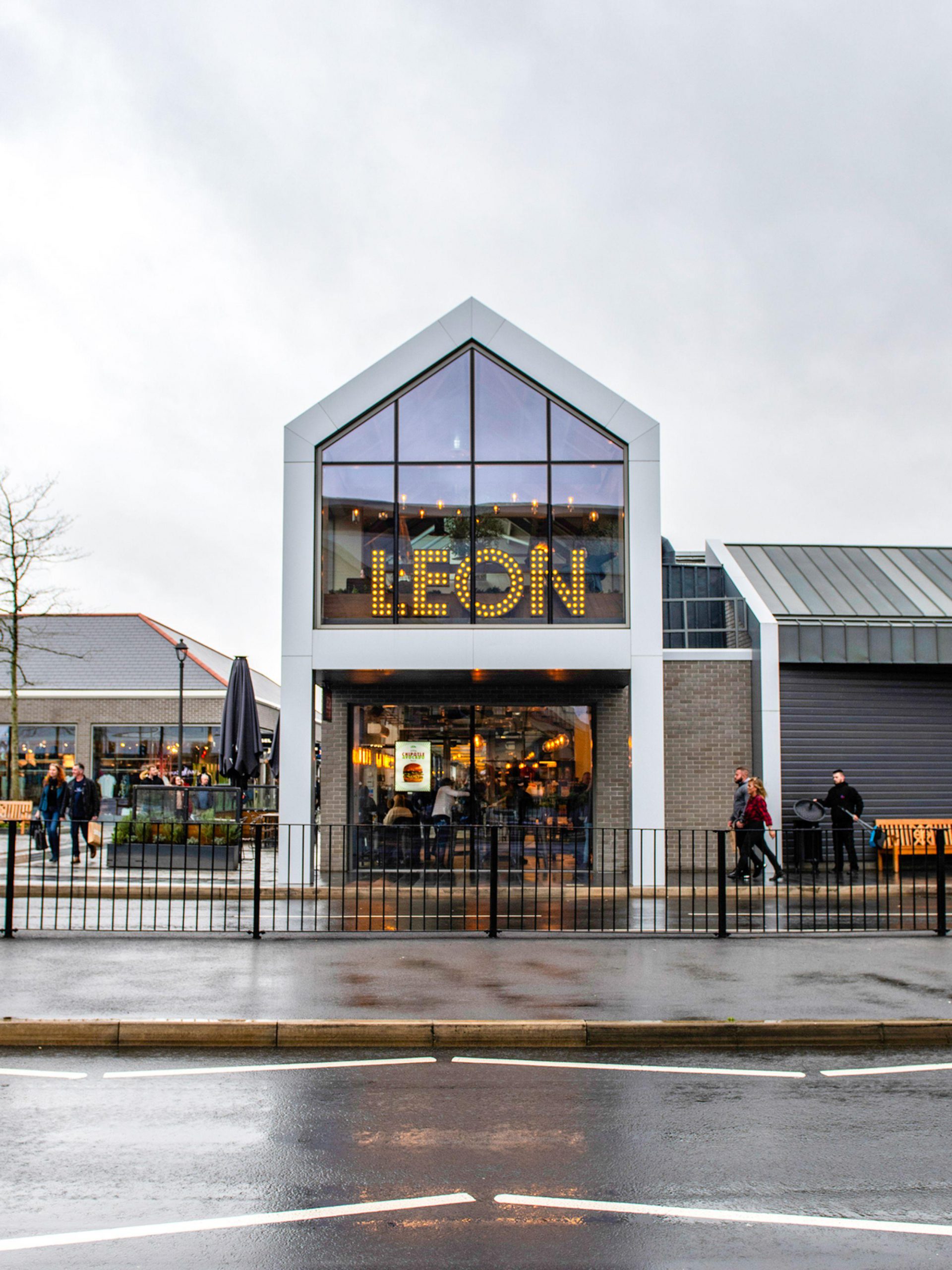
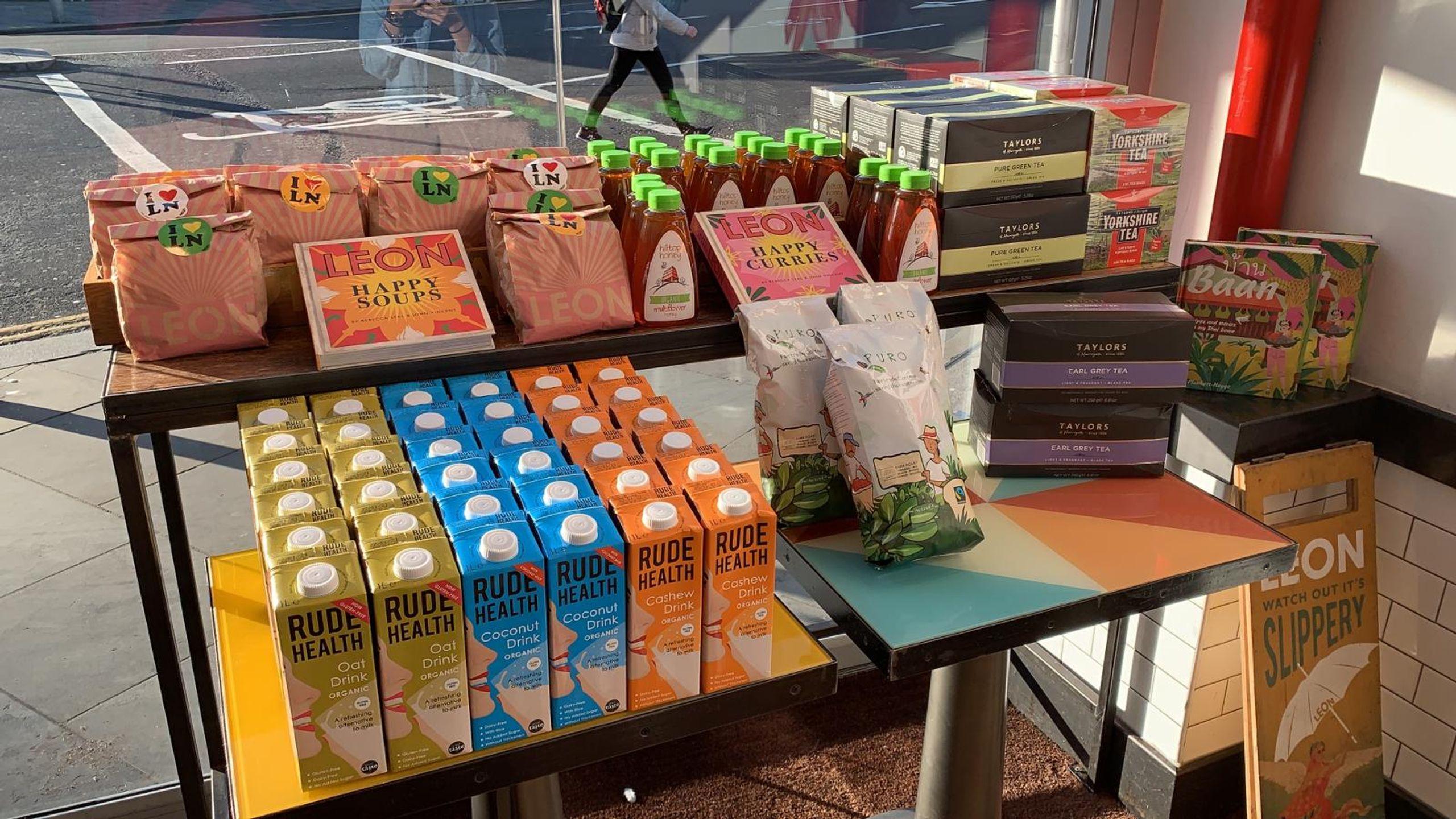
Leon has reinvented itself choosing a hybrid format, between restaurant and minimarket, while retaining coherency with its own identity. Many other brands have asked themselves: how can we utilise the characteristics of new sales channels, adapting them to our own concept? This approach creates a hybridisation across different channels, giving rise not only to temporary solutions that can deal with the emergency situation, but also to innovative formats that may continue to exist in the future.
Like all stores, Ideal, a Chinese jewellery company, has had to close the doors of its large and luxurious space in which it welcomed and advised its customers. The e-commerce channel would never have been able to replace the need for a human, expert type of consultancy. In the course of a single night, the store became the stage set for direct streaming broadcasts and video-calls between staff and customers on WeChat.
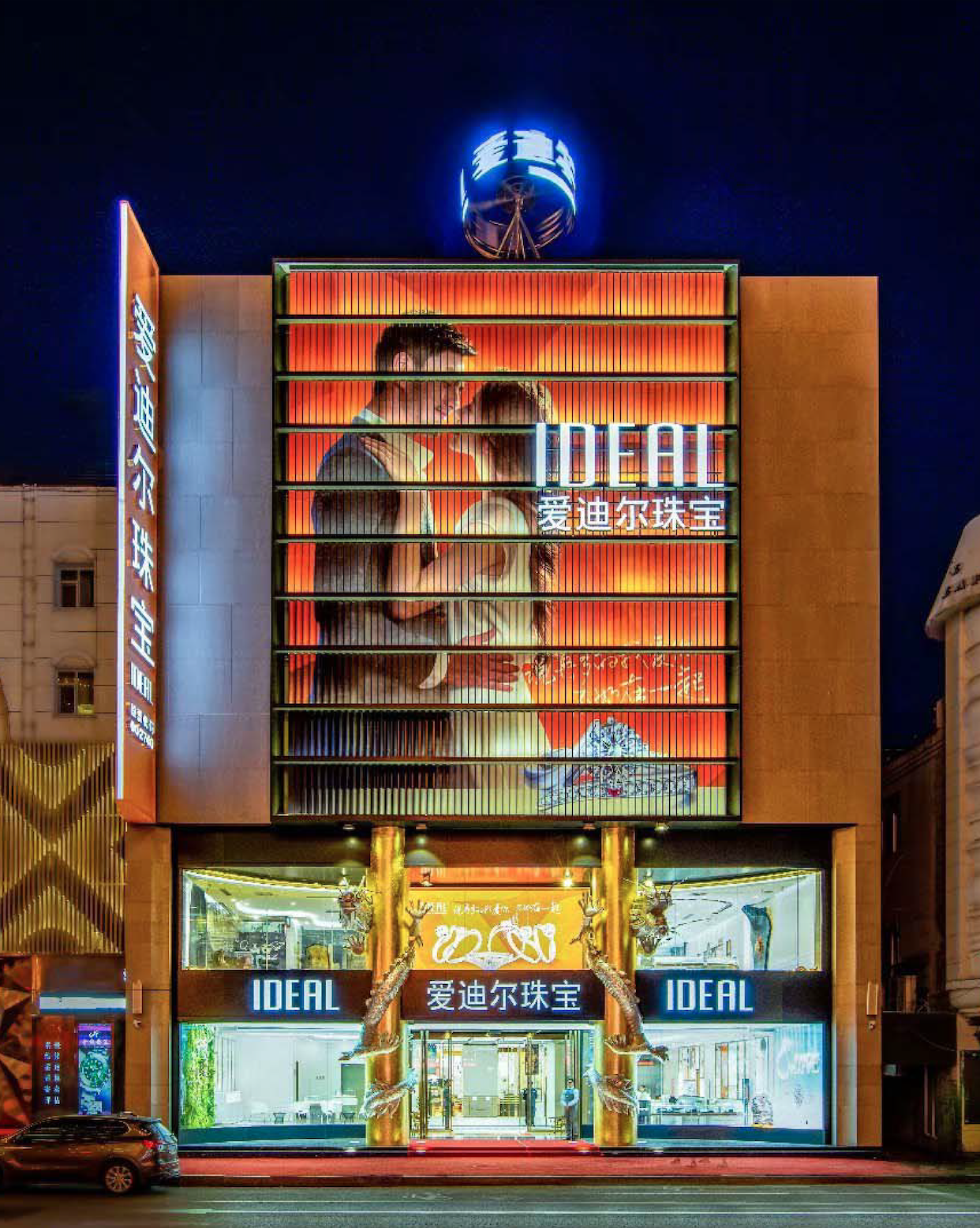
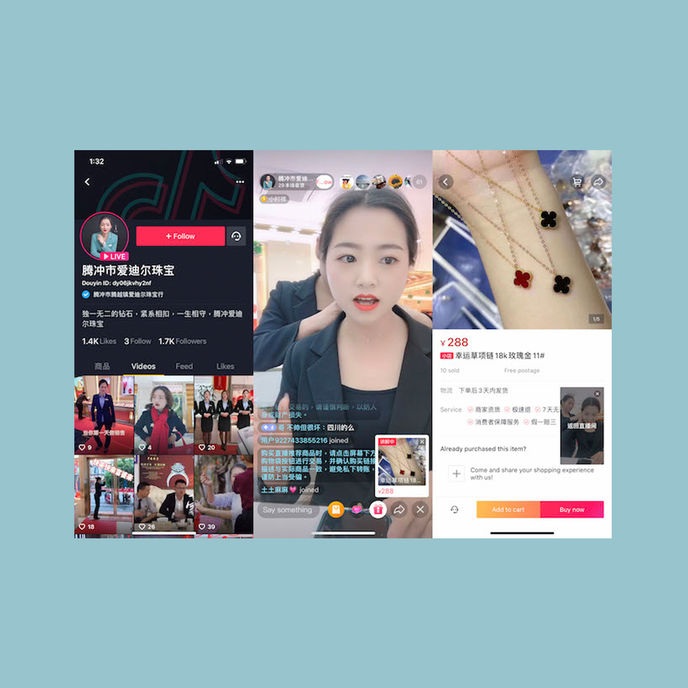
Ideal did not just put its jewellery online, but all its experience in consultancy and staff relations. Every brand should ask the question: how can I humanize the digital experience to bring it closer to the consumer? Many have already found feasible answers by using various tools, ranging from e-commerce websites to social media and even online gaming platforms.
Papier, Leon and Ideal are 3 brands that make overnight transformation seem easy, to the point of evolving their business model. Their transformation seems easy because it was empowered by simply continuing to do what a brand should do, whether or not there is a pandemic: listen to their consumers’ needs and provide a direct response, get rid of superstructures, and ensure that the consumer is the focal point of everything.
Marta Fontana, Strategic Designer at CBA
Abbiamo progettato il Playbook Design for Future per essere d’aiuto a imprenditori e manager che in questo periodo così complesso e delicato non si perdono d’animo e vogliono guardare a questo momento come ad un’opportunità.
Siamo tutti consapevoli che il periodo che stiamo vivendo cambierà molte cose in ognuno di noi e nella realtà che viviamo, come abitudini, consumi e aspettative. Nessuno è in grado di prevedere cosa succederà nei prossimi mesi, ma questa incertezza collettiva ci può far riflettere su ciò di cui abbiamo bisogno adesso: condivisione, empatia e punti di riferimento certi, anche provenienti dai brand che seguiamo abitualmente e amiamo di più.
Questo momento potrebbe rappresentare un’opportunità per le imprese per reimmaginare il rapporto con i propri consumatori, per proporre idee diverse e passare ad un approccio e una comunicazione che esprima i valori più profondi che muovono i brand ogni giorno, come la cura e l’attenzione per i propri clienti.
Quali messaggi sono oggi rilevanti per rassicurare/intrattenere/educare i tuoi consumatori?
Esiste una nuova normalità con cui tutti noi dobbiamo fare i conti. Seppure temporanea, si tratta di una normalità tutta da costruire e i brand devono sentirsi coinvolti in prima linea: assieme ai toni rassicuranti delle comunicazioni, le persone sembrano aspettarsi qualcosa in più dai brand che amano, e cioè che siano in grado di spiegare come saranno utili nella nuova quotidianità.
L’obbligo di restare a casa ha già predisposto le basi per un nuovo stile di vita in cui e-learning, servizi di streaming, di delivery e app di video call la stanno facendo da padrone e dove i canali digitali rappresentano una delle poche vie di fuga che i consumatori possono permettersi oggi. Il compito dei brand in questo contesto in continua evoluzione sta diventando quello di supportare i propri consumatori, spesso disorientati, confusi, spaventati e incerti del proprio futuro, costretti a dover rinunciare alle proprie abitudini e alla propria routine, per costruirne una nuova e casalinga. Non basta infatti sommergerli di proposte e occasioni di consumo raggiungibili dal proprio divano, ma serve soprattutto proporsi come una guida disposta ad accettare sfide e cambiamenti, in grado di reinventarsi continuamente, facendo percepire la propria vicinanza.
La campagna#Ripartiamo da casa[1] di Ikea ne rappresenta un buon esempio, in quanto invita a riscoprire la propria casa per organizzare al meglio non solo smart working e pause relax, ma aiuta i consumatori ad adottare in modo positivo il cambiamento. Una nuova sezione dedicata sul sito e sui social inoltre regala consigli su come prendersi cura e rendere unica la propria casa in questo periodo, perché un’atmosfera positiva è la chiave per ripartire con buonumore.

Reinventarsi continuamente vuol dire interrogarsi ogni giorno su cosa stia succedendo là fuori, proprio perchè le emozioni, ma anche le aspettative dei consumatori, sono in continua evoluzione ad altissima velocità. I brand devono riuscire a tenere il passo, parlare in tempo reale e confrontarsi con il contesto mutevole in cui ci troviamo. Per questo brand come Glossier, hanno fatto tesoro delle esperienze passate e hanno adottato ancora una volta un approccio diretto e di scambio con i propri consumatori, chiedendo direttamente a loro la tipologia di contenuti che si aspettano di trovare. Far sentire la propria vicinanza partendo dall’ascolto e dall’interazione diretta fa sì che i consumatori si sentano compresi e messi al centro delle azioni del brand.
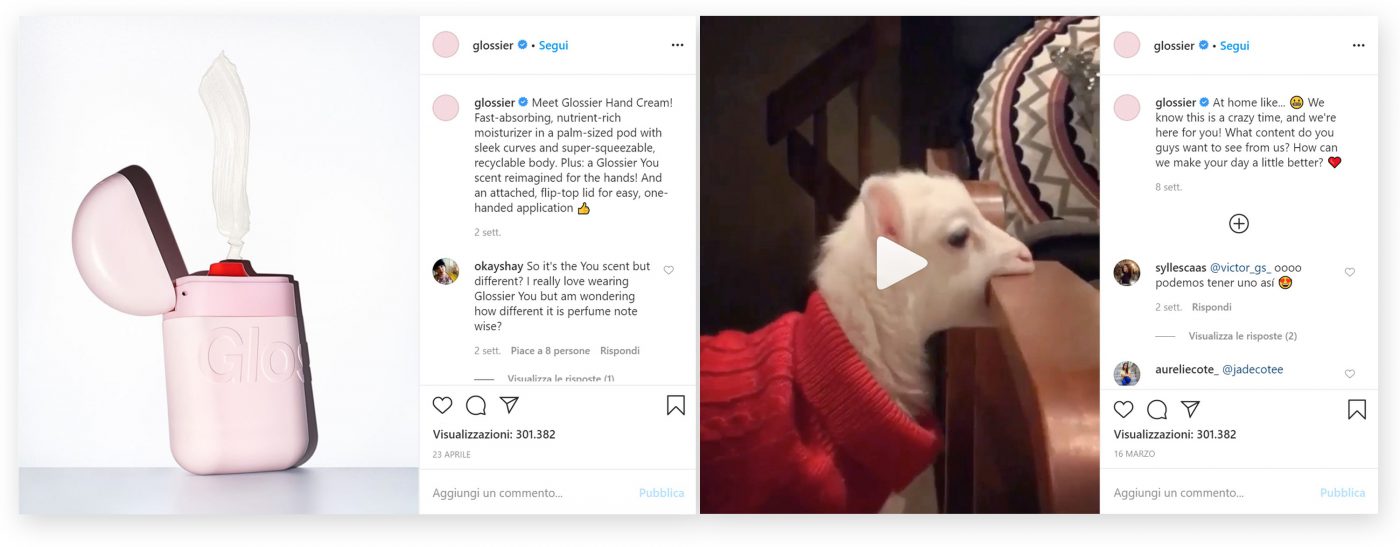
Quali sono le prove tangibili dei tuoi valori? Quali di queste possono essere di aiuto ai consumatori oggi?
Diventare guida, ispirazione e modello di riferimento per i propri consumatori dà la possibilità di creare relazioni durature e stabili, perché fondate su valori condivisi, sulla trasparenza ma anche sulla concretezza delle azioni, andando oltre le campagne di comunicazione. Per questo stanno avendo sempre più riscontro positivo i brand che riescono a ripartire dai propri valori e dall’impatto che possono avere nella vita dei consumatori. Brand che si mettono in gioco per essere d’aiuto in momenti difficili come quelli che stiamo vivendo.
Uno dei bisogni che sta emergendo in questo periodo è la necessità di navigare tra le informazioni disponibili. Veniamo bombardati ogni giorno da molteplici input e spesso è difficile riuscire a fare chiarezza o comprendere la veridicità di una notizia. Ci sono brand, come Boots, che stanno provando a fare la propria parte in modo concreto contro questainfodemia. Partendo infatti dai valori che muovono il brand, ovvero cura e protezione per consentire ai propri consumatori di condurre una vita sana e felice, il brand ha sviluppato una nuova sezione sul proprio blog, in cui risponde, tramite video tutorial, a tutte le domande che possono emergere in questo periodo, fornendo informazioni semplici, chiare e inequivocabili, ma soprattutto confermando il proprio ruolo di esperto e punto di riferimento, anche a distanza.

Tra gli altri che hanno cercato di far chiarezza nel mondo delle informazioni relative alla pandemia, troviamo anche Gucci, che ha affidato temporaneamente i propri canali social alla World Health Organization come esperti in grado di rispondere alle domande dei propri consumatori, amplificandone il raggio d’azione. Ma il gigante della moda non si è fermato qui. Guidato da solidarietà e generosità, dopo aver donato 1 Milione di Euro per la lotta al Coronavirus, ha anche lanciato due campagne di Crowdfunding, con l’obiettivo di supportare i propri consumatori nella raccolta di donazioni tramite i canali social, ovvero i più utilizzati dal proprio target. In un momento in cui molti sono costretti a rimanere a casa, Gucci chiede ai membri della sua community di intervenire al suo fianco per raccogliere fondi per alleviare questa crisi.
Rendere tangibili e concreti i propri valori permette di creare empatia col proprio pubblico. Inoltre, dare loro la possibilità di avere un impatto crea un effetto a cascata in grado di generare cambiamento per tutta la società.
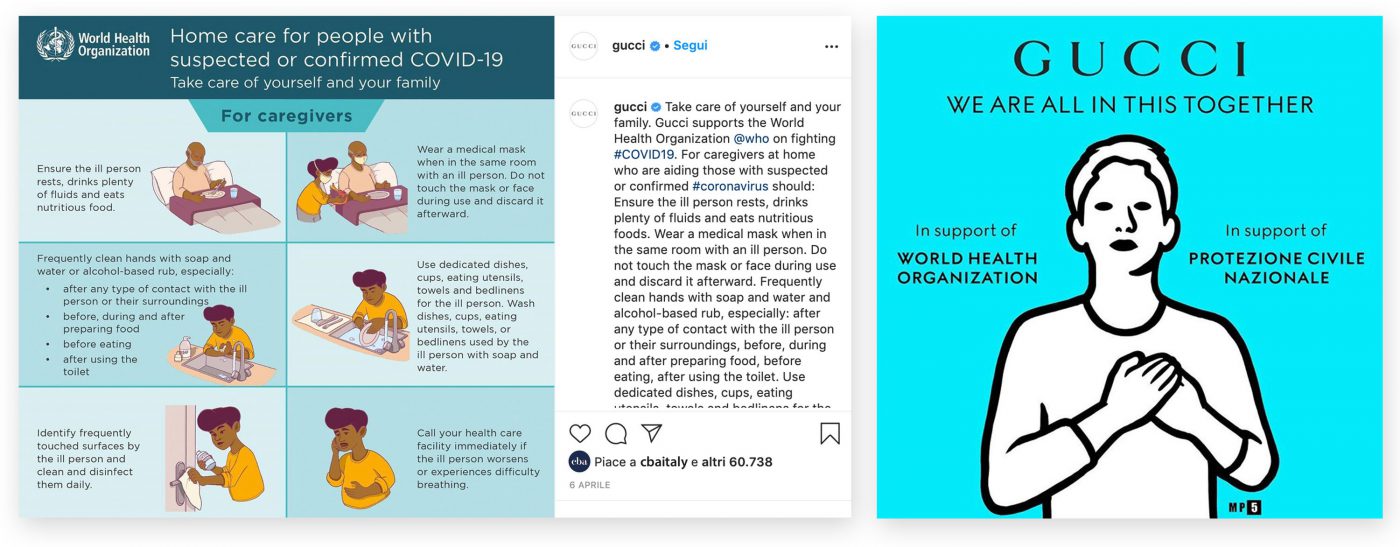
Per cosa vuoi che il tuo brand venga ricordato? Qual è l’impatto che vuoi lasciare nel mondo?
Oggi più che mai nella storia, i consumatori si aspettano che i brand entrino in azione per aiutare, come possono. Il loro ruolo all’interno delle società è un argomento che sta vedendo un’accelerazione senza precedenti. E i consumatori stanno rispondendo bene alle proposte lanciate dai brand, brand caratterizzati da una forte umanità, gestiti da persone che hanno valori, che tengono alla salute dei propri dipendenti, della propria comunità e non pensano solo a sbarcare il lunario.
A partire da Esselunga che lancia Amici Vicini, un servizio che punta tutto sulla solidarietà nata in questo periodo e la voglia di aiutare chi ha bisogno, le persone più anziane, chi sta affrontando la quarantena o chi semplicemente è impossibilitato ad uscire, perchè nessuno sia lasciato solo. La piattaforma digitale che mette in contatto volontari e vicini bisognosi d’aiuto, è un’azione concreta di un brand che non è solo bravo a parlare ma dimostra la sua vicinanza ai consumatori prendendosi cura delle esigenze di ognuno e quindi di tutta la società.
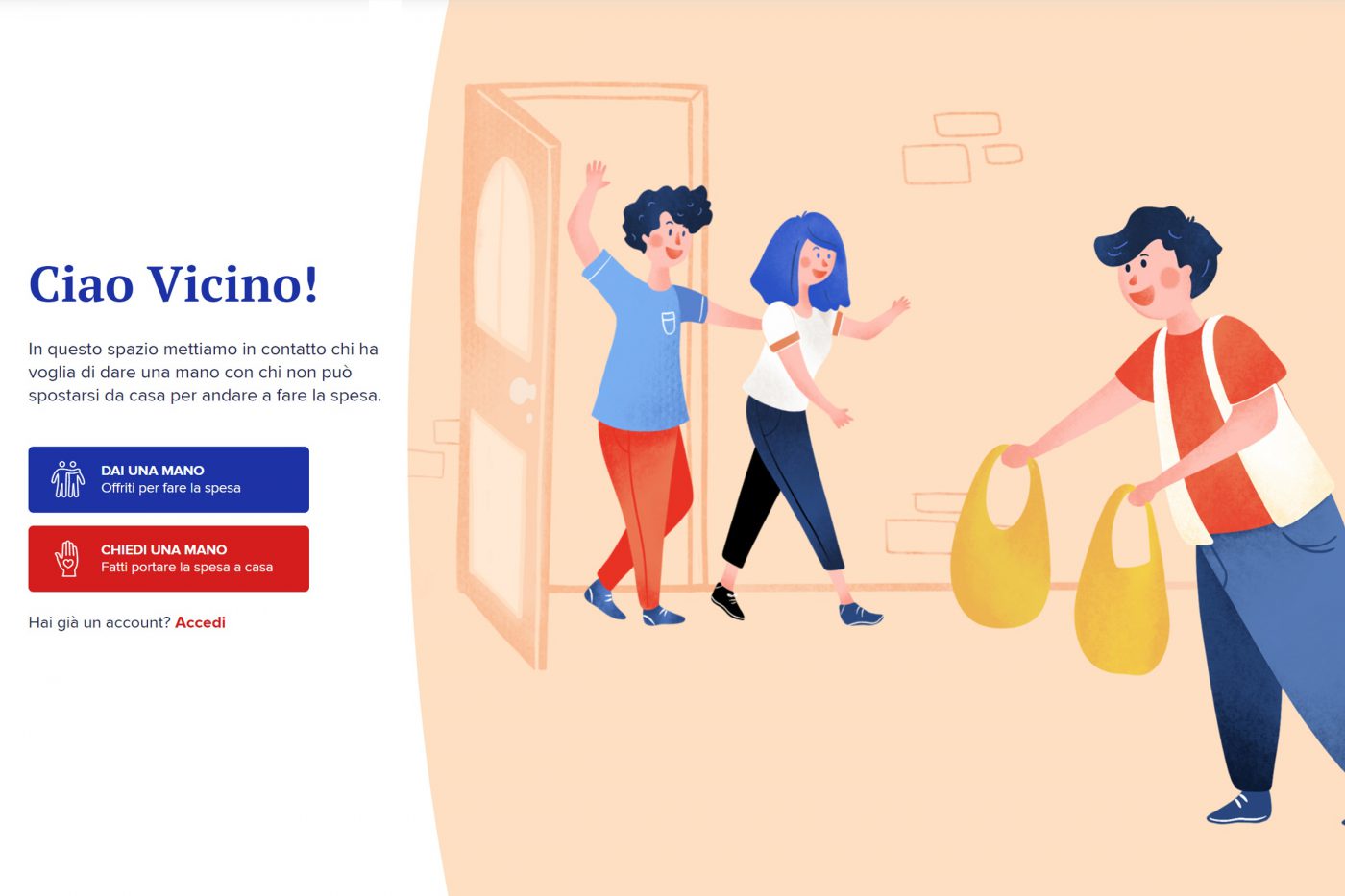
Ci avviciniamo sempre di più al concetto di Civic Brands, diffuso dal pubblicitario Paolo Iabichino, secondo il quale i brand devono tornare ad essere consapevoli dell’impatto che hanno sulla collettività e attivare azioni che non siano solo mascherate dietro alla responsabilità sociale. Questo vuol dire proporre azioni concrete, che agiscono tangibilmente e consapevolmente sul mercato. Lavorare sulla propria purpose, sul proprio ruolo e impatto nel mondo diventa l’elemento chiave per creare una relazione stabile e fidelizzante coi propri consumatori.
Decidere di non parlare, di non agire, di non avere un impatto vero e misurabile in questo momento o di costruirlo per il futuro, potrebbe portare ad una perdita di credibilità, in favore di chi ha invece dimostrato concretezza e vicinanza.
Sara Borchiero, Strategic Designer at CBA
There was a world before 21 February 2020. There has been a completely different world after that date.
Our habits have changed, the laws of the market and society have changed, the things that we buy have changed. The needs that we felt were most important also have different priorities today.
Everything has changed.

Even before Covid-19, we were accustomed to dealing with projects that were often highly complex. Even before Covid-19, we had to deal with market situations that were in a state of incessant, rapid development, assessing the completely different needs of different generations of consumers.
Our operational framework has always brought the interests of the different stakeholders into relation: the brand with its strengths, users with their needs, and the market with its rules and outlook.
In this sense, the success of a project was determined by the degree to which it was able to create a meaningful connection between these three viewpoints (Fig .1).

But now everything has changed. The Covid-19 pandemic has interrupted relations and habits, it has revolutionized people’s needs, and endangered companies’ future prospects. All of a sudden, brands, users and the market have found themselves in different worlds, distanced far one from another and apparently without any possible interconnections (Fig.2).

Only by generating new connections will it be possible to restart the system and give rise to new market opportunities (Fig 3).
This is a complex but necessary challenge: we cannot pause, we cannot simply wait for the storm to pass. There is too much at stake, even for those business enterprises least affected by the situation.
We ourselves are involved in this challenge in two ways: firstly as a company that recently celebrated its first 10 years of operation, and that is looking forward to ongoing growth; and secondly as consultants, whose daily work is helping brands to create meaningful, fruitful connections with their users on the market.
We are emerging from Phase 1, during which we helped our clients deal with the lockdown and its effects. Now we are moving in the direction of Phase 2, in which we have to design the future.
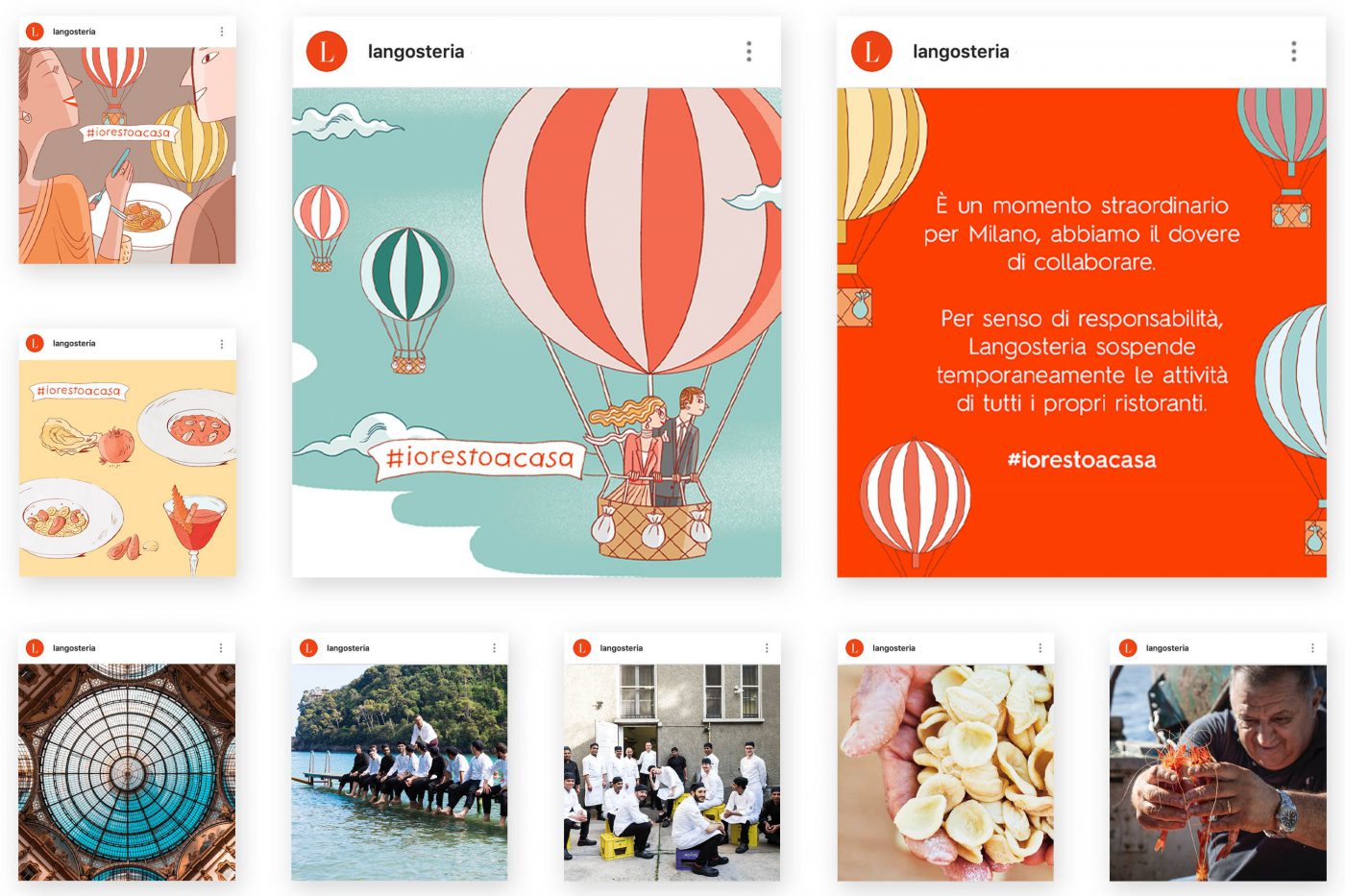
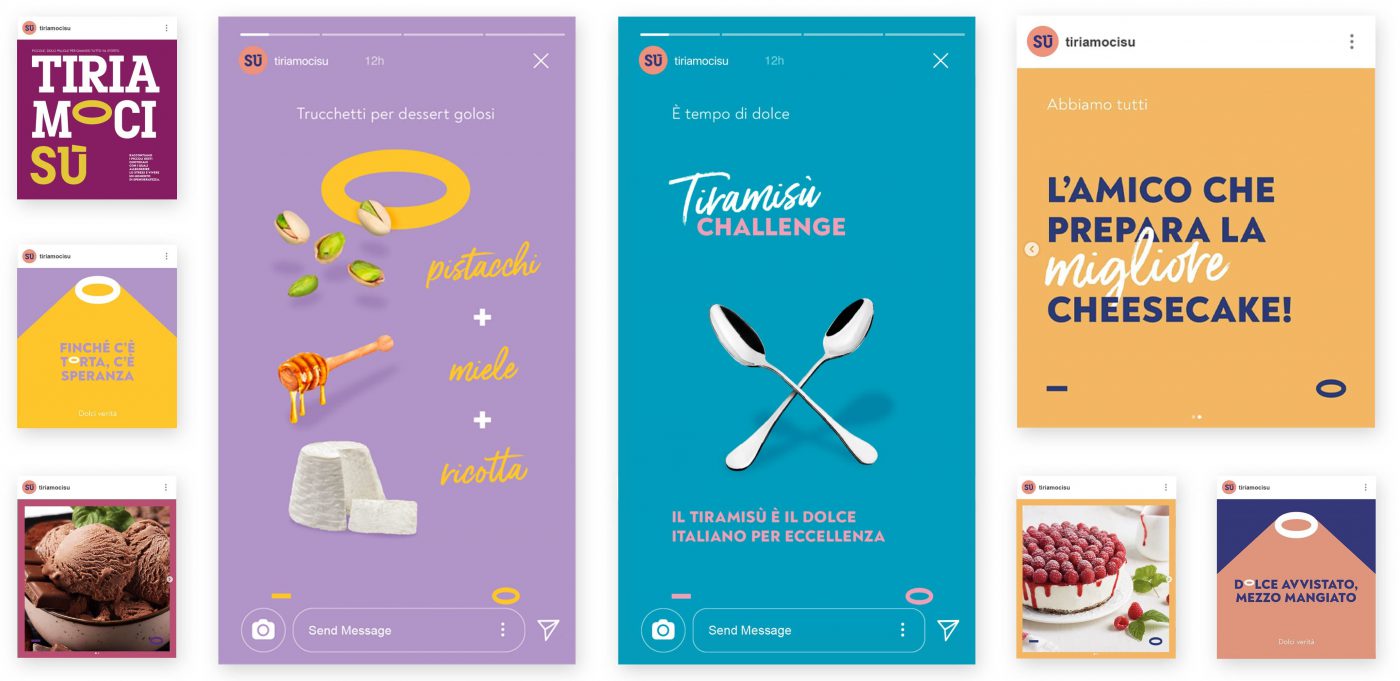

The shock was powerful, unexpected, and involved us all. Reconstruction has to begin, starting from the strong points. We have to rediscover a point of balance, analysing and monitoring everything that happens inside and outside the company: assessing the losses, eliminating everything unnecessary, protecting the core business, defending the company’s distinctive characteristics, nurturing relations with its stakeholders, and, as far as possible, providing energy for the development of current projects.


It’s time to restart, or at least to think about how to relaunch, and how to deal with the possibility of new lockdowns. Fresh ideas are needed in a world that may well have changed for ever.
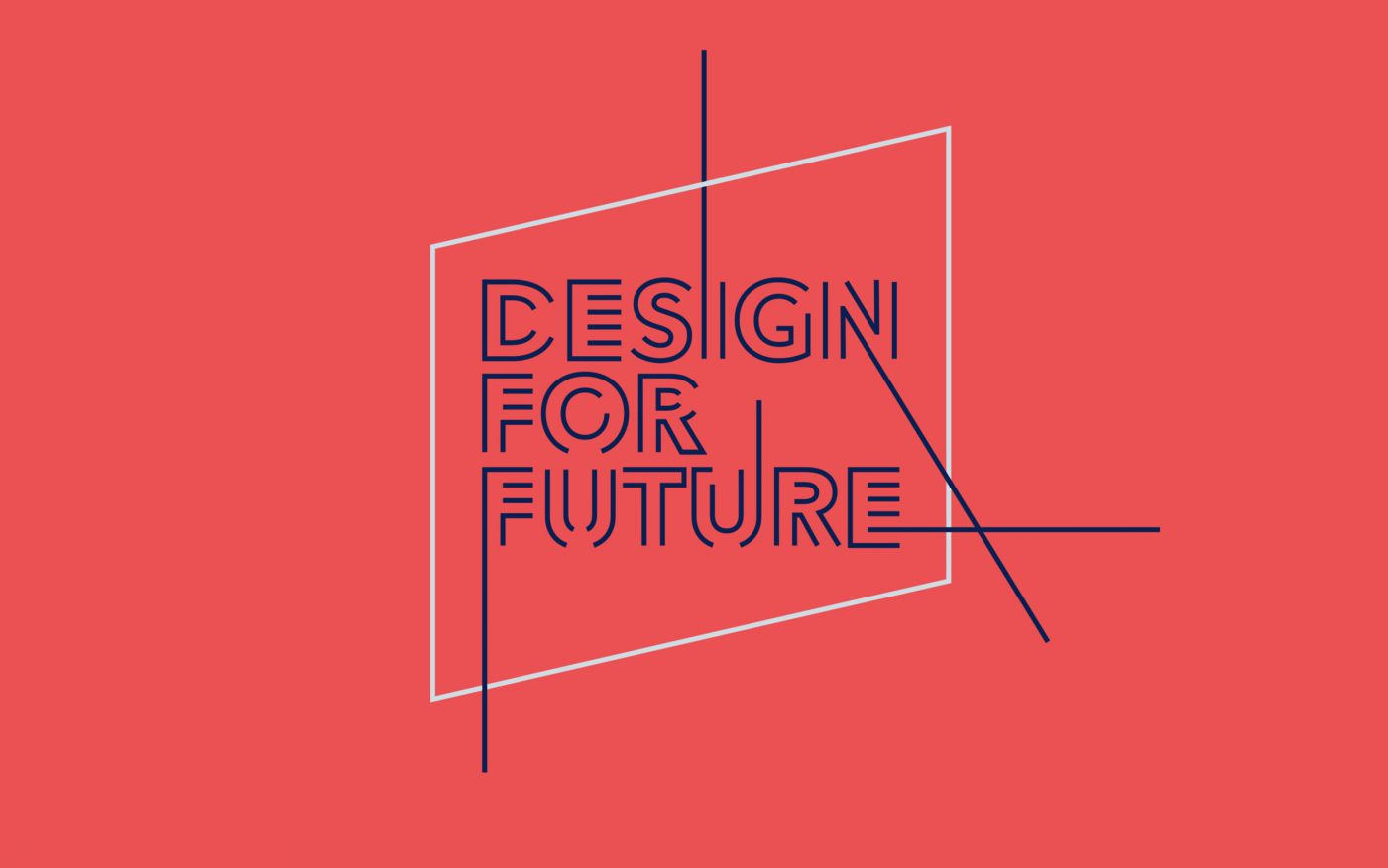
This is the spirit with which we wish to provide our own contribution to restarting, by developing Design for Future Playbook, a brief guide emerging from many conversations with company leaders and managers. We have compiled a series of questions, constructing a framework that can help to reconnect brands, the market, and consumers. It is subdivided into three areas, each of which is dedicated to three different goals.
2.1 Rethinking relations with consumers
2.2 Meeting new needs
2.3 Preparing for future scenarios
Design for Future Playbook is not just a working framework: it will be our travel guide for the coming months. We will take note of both our and your questions, we will list the initial responses that emerge, and everything that we discover during the journey. We will describe the new scenarios that we see appearing.
A guide for everyone who shares the same curiosity about what the future holds in store.
Let’s play!
As an agency, working as a team with a collaborative approach is a fundamental part of our professional activities, and so a number of queries immediately came to mind:
How can you conduct a brainstorming session with 10 people and produce a concept, on the basis of input from all the participants who are working remote, perhaps with unreliable connections?
How can you organise a crit session (our feedback meetings) without the possibility of physically seeing the various prototypes?
When you are operating in a distance working mode, how can you attain the same output as from a face-to-face workshop?
After three weeks, we feel that we have learnt a few tricks, and we think that they are worth sharing with people who, like us, want to work as part of a team, and have to do so remotely.
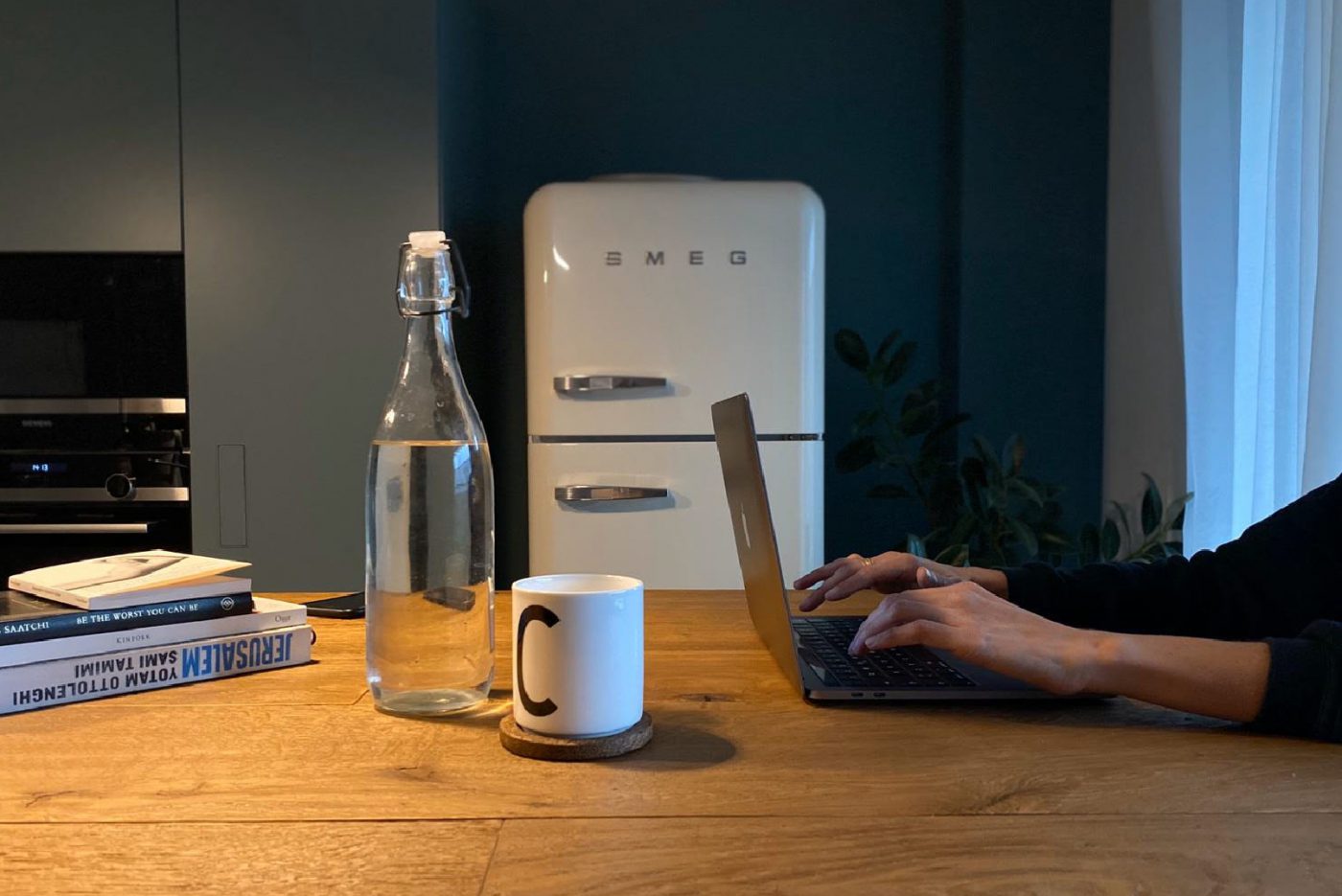
We have tried the idea of 15-minute meetings every morning, to say hello, plan the day’s activities, and to share any doubts or critical issues.
A good routine for staying connected and starting every day with the right burst of energy.
Working remote requires even more organisation than when everyone is physically present.
We have learnt to be even clearer about why we are staging a video-meeting, the meeting’s objectives and the expected output. A memo by the project owner enables the rapid alignment of all participants, thus reducing the time required for coordination which, in the current situation, risks absorbing a large proportion of our working hours.
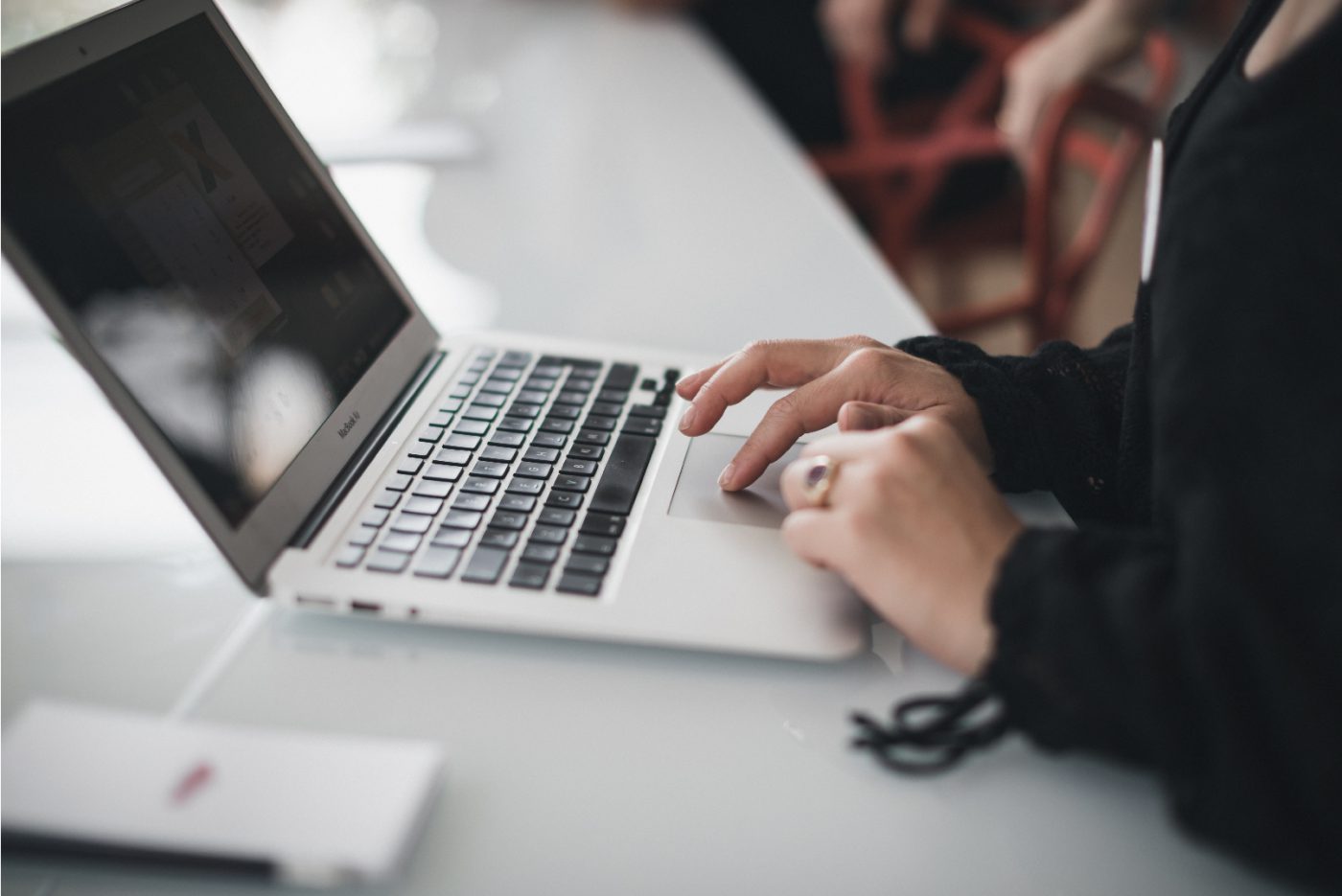
Another important thing that we have learnt in this period is asynchronous working, in consideration of everybody’s time. Using brainwriting as a method of brainstorming helps to gather ideas in written format (using Google Suite), commenting and improving them before actually discussing them verbally. This reduces alignment time and ensures that no ideas are lost.
Planning and sharing tools such as Basecamp or Trello are very useful, as they enable participants to be aware of all the team members’ tasks and deadlines.

With our clients, we have seen that it is useful to anticipate the possibility of audio and video problems, sending them simple guidelines about the system chosen for use.
It is also important to collect the telephone numbers of the meeting’s participants, so that they can be contacted in the case of connectivity issues.

Distance-working timescales are different from face-to-face situations, and so it is best to avoid excessively long calls, and leave time for individual reflection between one brainstorming session and the next, in order to make the moments of sharing more productive.
Remote workshops have existed for some time now, by means of highly flexible and collaborative tools such as Mural and Miro. Both make it possible to work on shared whiteboards, contributing inputs, using images and shapes.
We have found that a double screen is very useful in this regard, and a PC plus a mobile phone are sufficient. The PC screen becomes the tool displaying the whiteboard, while the mobile phone can be used for taking part in the video conference and watching the other people at work, in order not to lose sight of the participants’ attention, mood and concentration.
Even our ethnographic research has continued. In this period, our interviewees have demonstrated their desire to make their own contribution and facilitate everybody’s work. A video-call made using FaceTime or Google Meet enables us to gain access to people’s homes and observe their routines (something that has been amplified over the last few weeks), and in any case receive interesting insights.
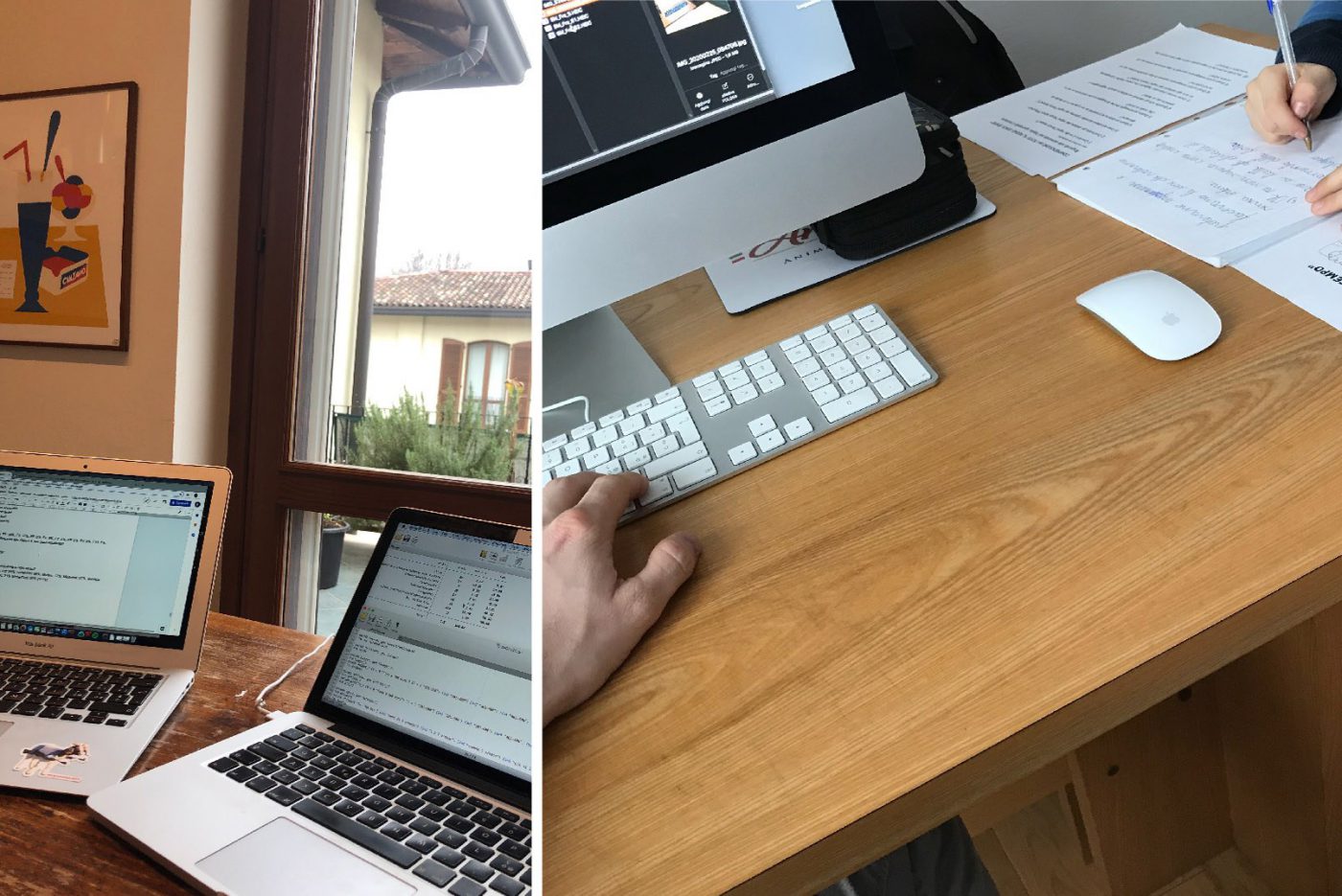
The starting point for all these tips is one’s trust in the team, and its capability to find alternative solutions, new methods and different tools in even the most adverse conditions.
For us, reducing the amount of communication and giving people sufficient time are simply minimal procedural innovations, a small discovery in this period of such complexity.
Cinzia Malerba, Strategic Design Lead at CBA
Supermarkets in the United Kingdom and the States are crowded with new food start-ups which are innovating (and often shaking up) the FMCG market with new products and a distinctive touch of style.
This phenomenon can be clearly seen when observing the “horizontal” expansion of isles of ketchup, which have gone from containing a paltry number of items to at least a dozen varieties (from versions sweetened with agave syrup to spicy flavours with habaneros and ketchups made with beetroot).
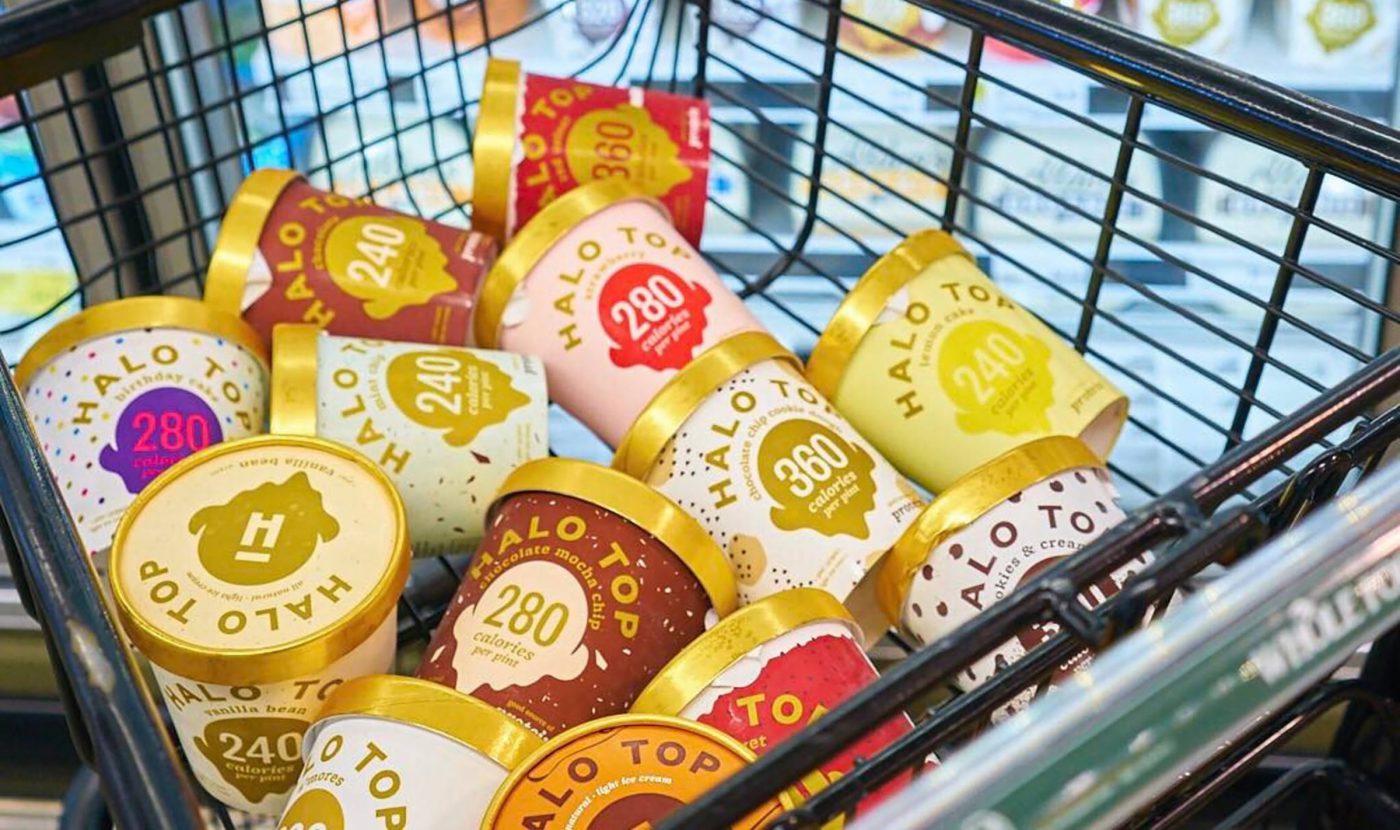
Instead, in the ice-cream world there are situations such as the one that sees a company like Ben and Jerry’s being pushed from its role as a best-selling brand by Halo Top, a Los Angeles company that with only 5 years of activity behind it, is being met with great success, gaining 5% of the American ice-cream market. Flavoured popcorn (such as Propercorn) has taken the place of crisps, and date or hazelnut bars are replacing chocolate, while coconut water is invading the orange-juice shelves.
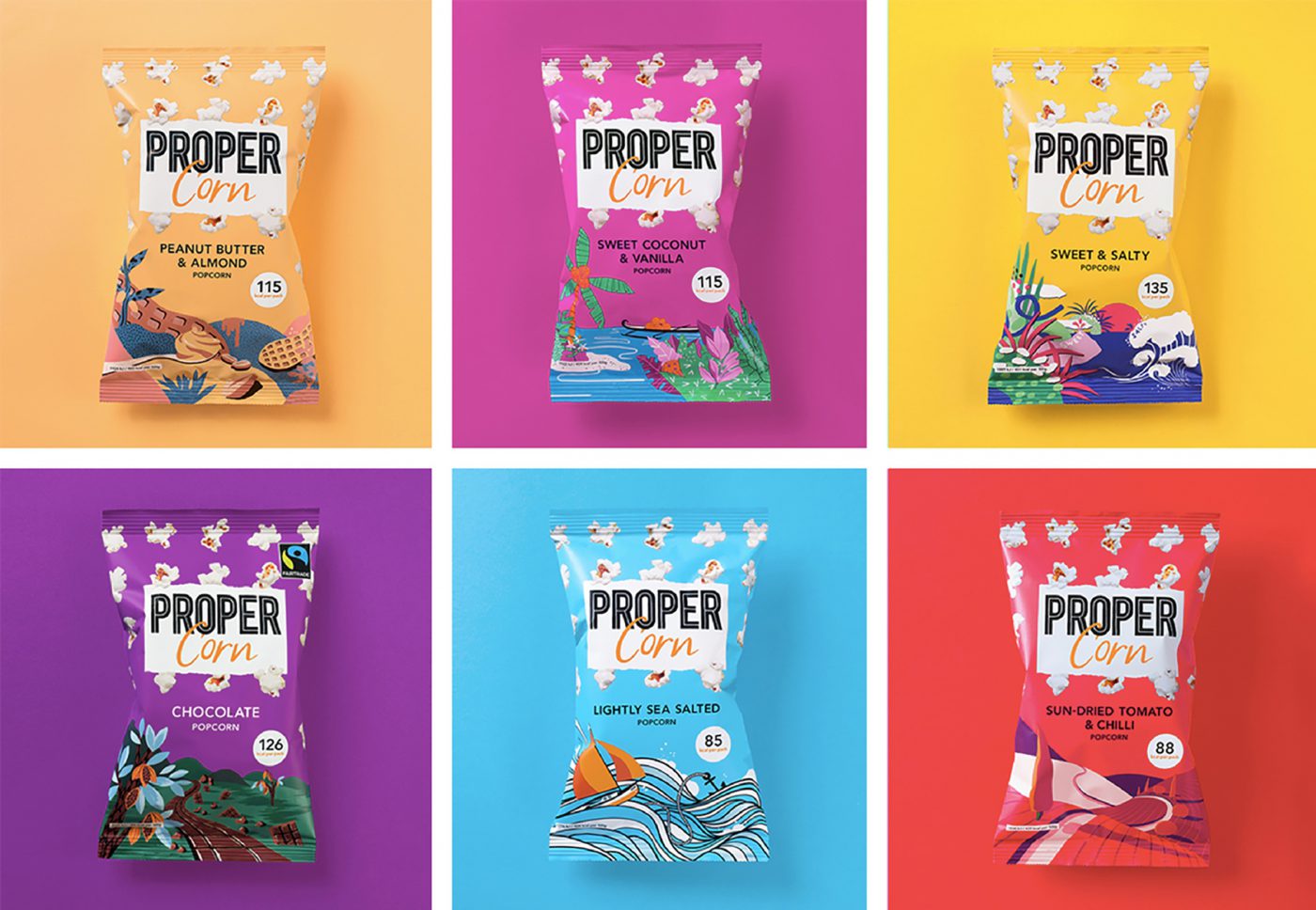
The examples are many, but there is one fact that more than any other provides an indication of the extent of this change in the food market: between 2013 and 2017, 88% of new products appearing on the shelves in the United States are from small- or medium-sized companies.European supermarkets are showing similar trends.
What has changed?
When the moment comes to hit the supermarket shelves, small producers are forced to change pace; extend the expiry dates, create more resistant packaging, provide complete traceability of ingredients and invest in in-store marketing, as well as dedicate time to stalking buyers, the true gatekeepers of the supermarket shelves. Here the battle between the small companies and the multinationals has always seen the latter in a privileged position. But recently it is not only simply buying power for shelf space that is decreeing the winners in this battle. Ever more often these days, it is the very supermarkets that see the need to propose innovative and differentiated products.In an attempt to fight the online competition, they themselves are opening the doors (and shelves) to start-ups.
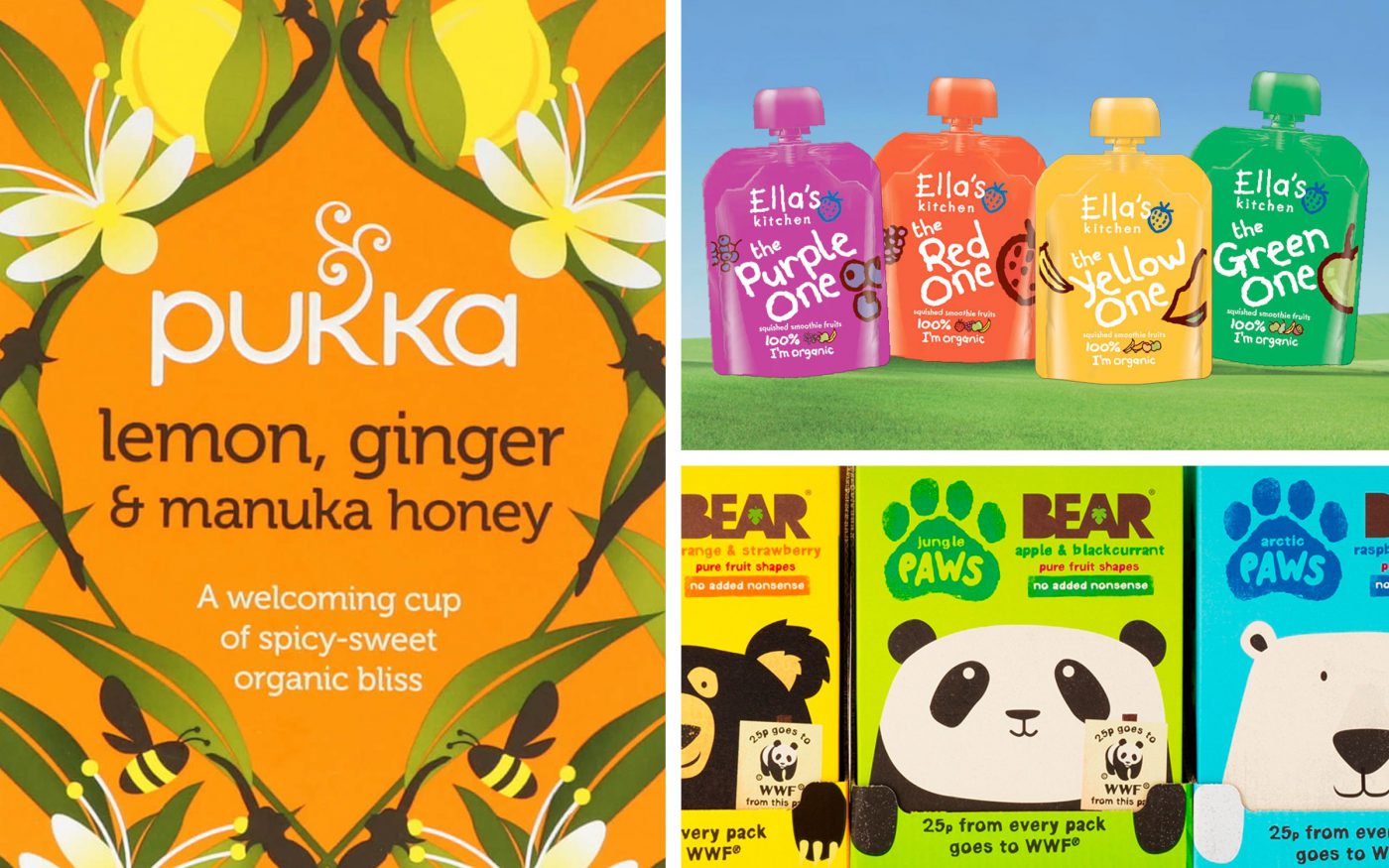
The other side of the coin is that innovation is not in everyone’s reach. Ever more often, we see the giants of the food industry investing in small start-ups or developing partnerships with them. Apart from examples of true millionaire purchases (such as was the case in the United Kingdom with the Pukka, Ella’s Kitchen baby food or Bear Nibbles fruit snacks), what is generally happening is that small brands are managing to attract investment from both institutional investors and large-scale retailers, leading to rapid growth and the gaining of positioning that up to a short while ago was out of reach.
Could it be that this new wave of small- and medium-sized food businesses is a good sign and an opportunity to be taken in Italy as well? Culinary culture is certainly not lacking, and the industrial fabric has always been made up of a widespread network of small- and medium-sized business, many of which (the estimate is that 25% of companies have a turnover of between 20 and 50 million) have to face the delicate matter of the intergenerational passage in the next few years, leaving room for the innovators of tomorrow. How can we create a virtuous circle that brings together large-scale companies, start-ups and retailers?
Francesco Saviola, Strategic Designer at CBA
Thorny and divisive issues, which are linked to the political or moral sphere, have often been seen as taboos for large companies. The risk of negative repercussions in being the bearers of critical or controversial messages has very often deterred brands and entrepreneurs from taking a stand for or against a particular cause.
One of the most striking cases is that of Nike with the campaign of quarterback Colin Kaepernick, a symbol of the struggle against African American oppression. Since 2016, he has been excluded from the National Football League after protesting against police violence against African-American youth by remaining seated during the national anthem. Following the campaign, videos of people burning their Nike trainers appeared, but also, apparently, a majority of positive feedback on all social networks with a final result in terms of visibility which was very relevant.
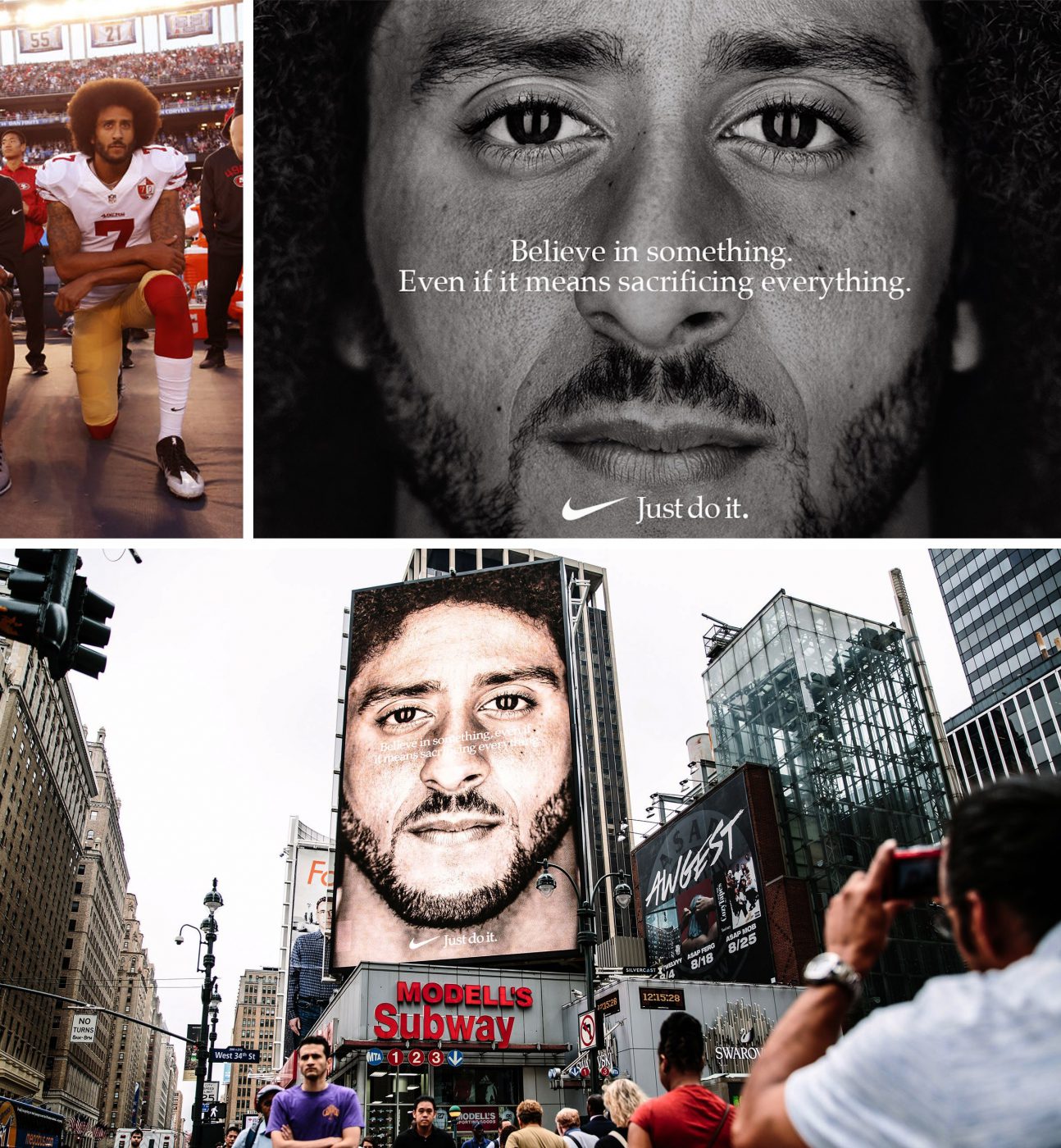
Another important example of “taking a stand” regarding political issues is the “Rainbow is the new black” campaign produced by Netflix last June to mark Gay Pride in Milan, where the Porta Venezia metro station was covered with rainbow colours and photos of many homosexual stars from the Netflix TV series. This is not only about supporting the cause for the recognition of the LGBTQ community’s rights, which has always been noticeable in the Netflix schedule, but also, and most importantly, the desire to be part of an event like the Pride, which had been severely attacked by the Italian Minister for the Family as he was taken on as the direct target of the campaign.
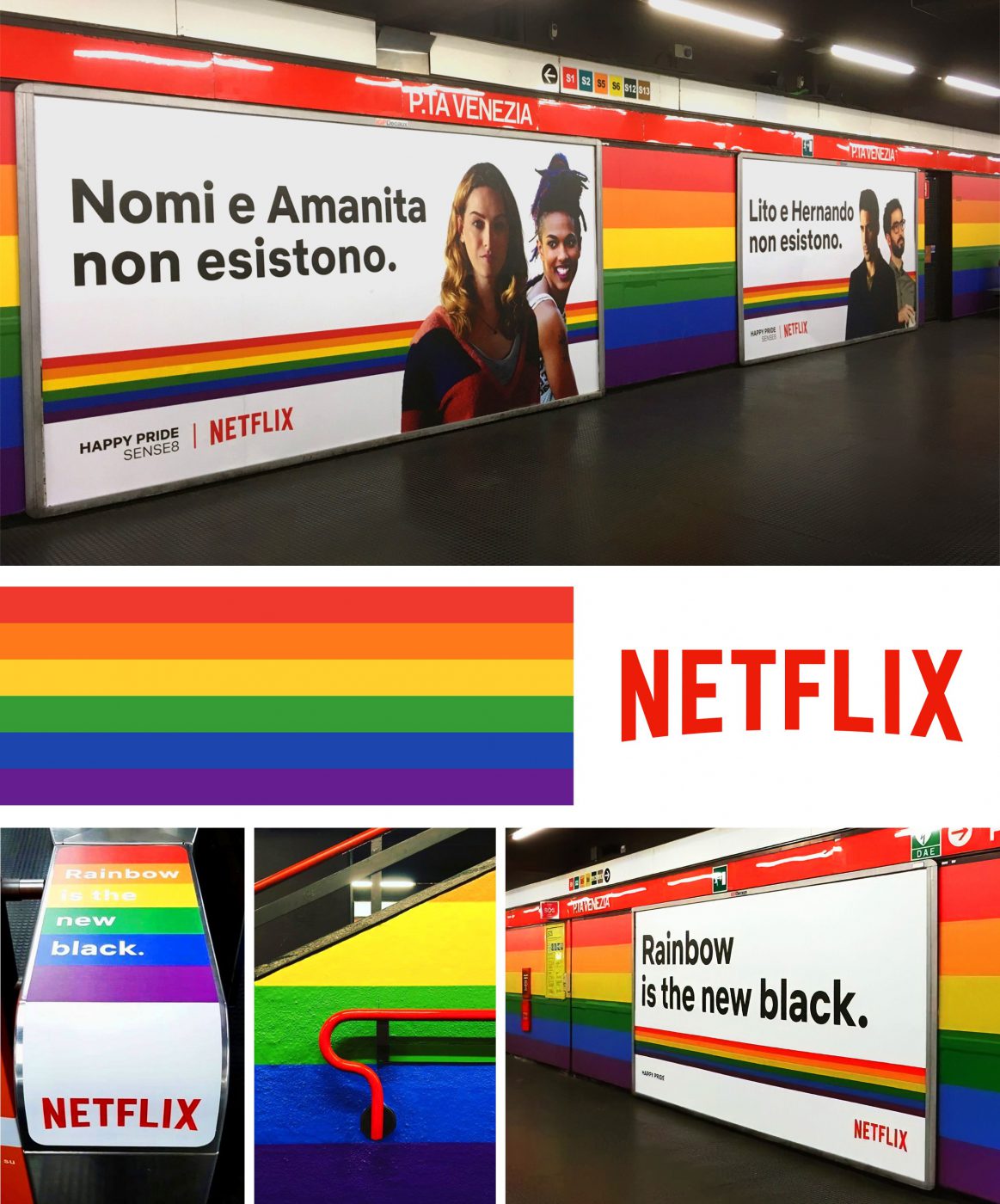
There are examples of those who try to take this step but fail: Pepsi has been harshly criticised for a video ad in which supermodel Kendall Jenner, in the midst of a “protest rally”, hands a Pepsi can to a policeman bringing peace between the two sides. Critics have violently hit out at the commercial, which seems to exploit and trivialise the imagery of the Black Lives Matter movement for its own economic advantage.
Another example that ended rather badly: the music magazine Rolling Stone, which appealed against the government’s migration policies that had just been set up in July, dividing public opinion a lot and then disappointing everyone with the discovery that many signatories for the appeal had been added without even knowing it.
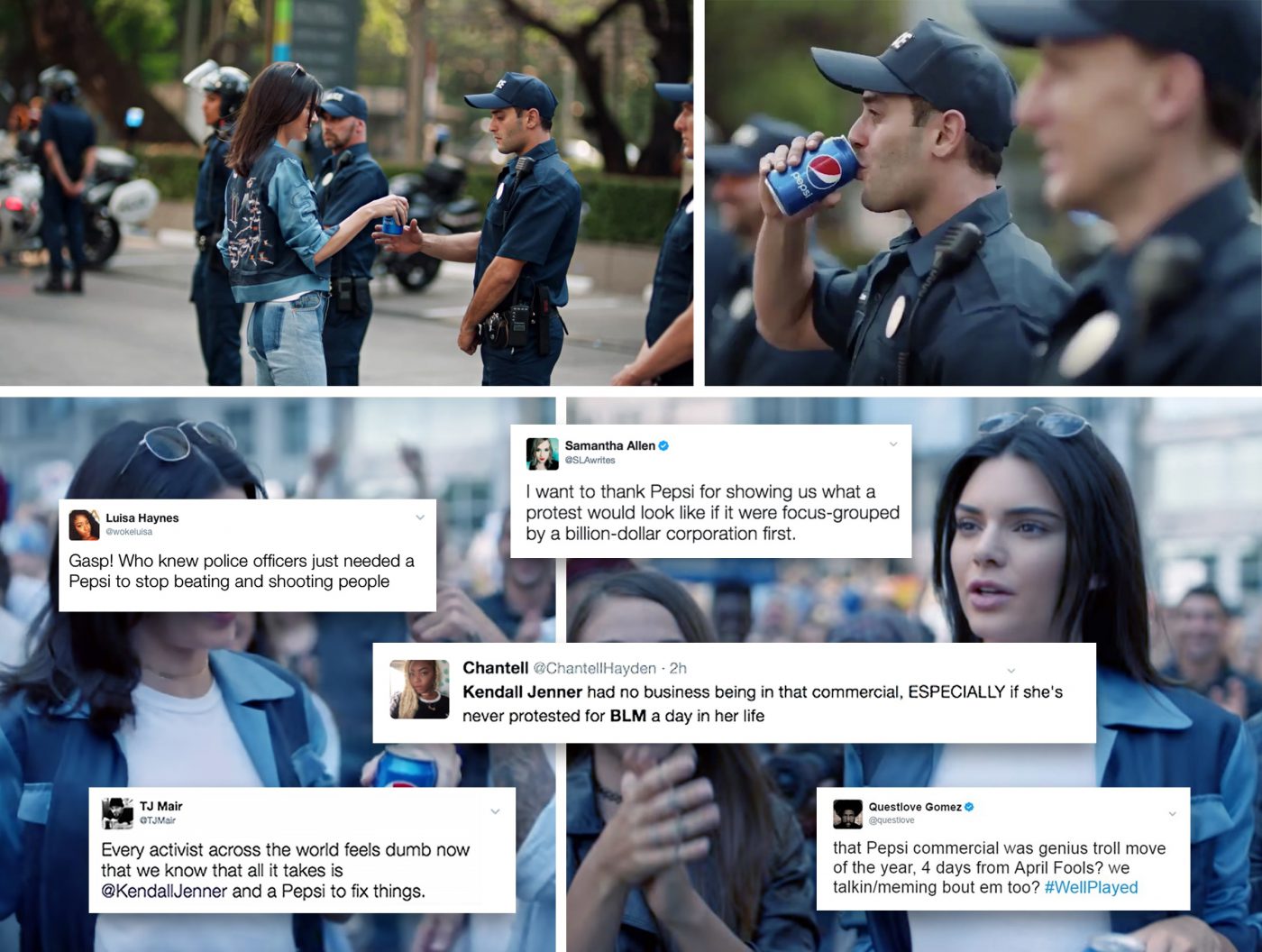
Beyond the success, or otherwise, of these campaigns it is interesting to understand why brands have now begun to take a stand.
An initial reason seems to be linked to the social role that consumers attribute to private companies: more and more people expect that social change must come from them rather than from public institutions. 88% of Americans think that companies actually have the power to produce social change (SONAR, 2016). This trust in companies, which is often opposed to the scarce accountability of public institutions, is linked to the perception of being able to influence them with our purchasing behaviour. In fact, another survey reports a striking fact: in 2017 50% of Americans participated in at least one boycott during the year, with a 20% increase compared to 2016 (K. Endres, C. Panagopoulos, 2017) . This change in perception of the social role of brands, contrary to the classical belief that ethics and business go in opposite directions, has led some economists such as Chris Ladd to talk about Social Capitalism: an economic system in which people consider purchasing not as an exchange of goods but as a vote. The field of competition between the brands seems to have extended to politics, leading companies to have a position on social issues in such a way as to “be voted for”.
Another reason is related to the political context itself, which sees brands forced to take a stand in the face of radical or extremely divisive government policies, which often also directly impact the companies’ businesses, as has happened for the “Muslim Ban” wanted by Donald Trump. In January 2017, the ban on citizens entering the US from the 7 nations with an Arab majority saw a harsh public reaction from the tech giants of Silicon Valley who have the best brains from all over the world among their workforce. Google, Facebook, Apple, Uber, Microsoft, Netflix and many others have condemned the provision, referring not only to the negative consequences for the development of their companies but also to the fundamental principles of inclusion and openness that have made the US the power that it is today.
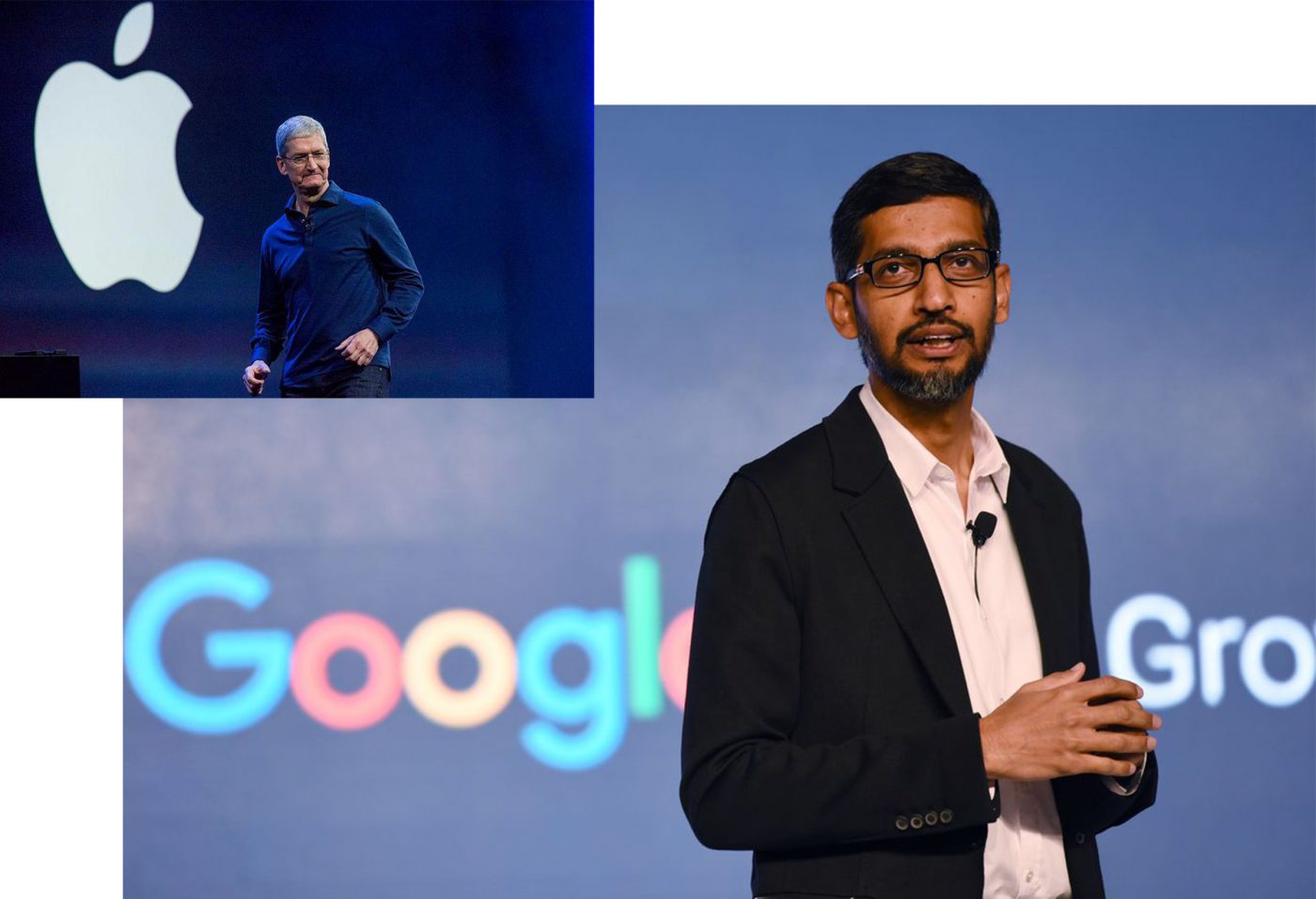
In this context, idealism and marketing opportunism are constantly intertwined and it is not always easy to tell if and when it is appropriate for brands to risk exposing themselves. Bloomberg has quantified the value of the media exposure generated in 24 hours, after Kaepernick’s Nike commercial appeared on Twitter, at $43 million. This is the case even though the President of the United States, D. Trump, has called it a commercial that “gives a terrible message”. Certainly when Nike made this decision it did so on an informed basis, knowing its own user base – mostly under 35, of different ethnic origins (NPD Group) – and aiming to get through to them in the classic Nike style that has always focused on disruptive athletes since the 1970s.
Perhaps here lies the key that distinguishes cases of successful political activism from failed ones. “In classic Nike style” means that the brand has taken on a position which is consistent with itself. Because Kaepernick “just did it”, he believed in something and did it at any cost.
It is possible for brands to do “politics”, as long as they take on a position that is consistent with their purpose, their raison d’être in the world in terms of society. In a context where mistrust in institutions is at its highest levels and governments are implementing divisive and polarising policies, a new space for action seems to open up for brands, however not everyone always has something to say.
Political activism must be aligned with values, communication and the vision of the brand world.
Francesco Saviola, Strategic Designer at CBA
The month of October saw us crossing the pond and Europe to attend two events on the topic of innovation: Gianfranco and Irene took part in the Innovation Festival in New York, whilst Sara and Marta immersed themselves in the world of startups at the Web Summit in Lisbon.

New York, with its energy and speed, left us feeling as though we had immersed ourselves in the not-too-distant future, packed with brands and experiences that from here, we merely observe (for now) on the platforms of e-commerce and blogs. Between the post-industrial buildings of Dumbo and the arenas of Manhattan, we had the opportunity to cross the length and breadth of the New York of the most innovative agencies and brands to hear CEOs and founders speak on the topic. Energy and location are definitely two ingredients that we are more than happy to take home with us: more keynote speeches and fewer workshops, however, is what we would have recommended to the organisers as far as content goes.

During the Web Summit, Lisbon comes alive with people from around the world, events, talks, speeches, meetings, elevator pitches in which innovative startups and the big players in the industry – from Netflix to Google, from Booking to Burger King – take the floor. So many things to see, discover and lose yourself in at the world’s largest and most important technology conference. Maybe too many. At times confusing. If you don’t have an exact idea of what you want to see, the risk of getting lost is just around the corner.
Gen Z is not that far away: An interesting speech by DJ Capobianco, Research Manager of Twitter, analysed a survey held amongst the freshmen of UCLA every year for the last 50 years in which the interviewees are asked to define a priority from a series of proposed values. What has changed between the different generations? The hierarchy of baseline values is essentially the same… so why is Gen Z, the focus of reports and conferences, represented and talked about as so incredibly different (such as here, or here or here)? His answer is simple – and almost banal – but illuminating: it is the technology that enables new ways of communication and representation of reality over the course of the generations (think about how the people in Victorian times were portrayed… they couldn’t all have been so boring and uptight, right?). Essentially, deep down we are all the same.

How to tame distraction: Nir Eyal, author of the bestseller Hooked, wondered on the New York stage about how to deal with the most aggressive of threats to our working days: distraction. Eyal identifies the smartphone as one of the most powerful devices from this perspective, but he sees it with fresh eyes: it is not the cause of our distraction, merely a symptom. Of a malaise, of a lack of incentives and clarity about the activities we have to perform. On the other hand, how can we say that we “have been distracted” if we don’t know “what” we were distracted by?
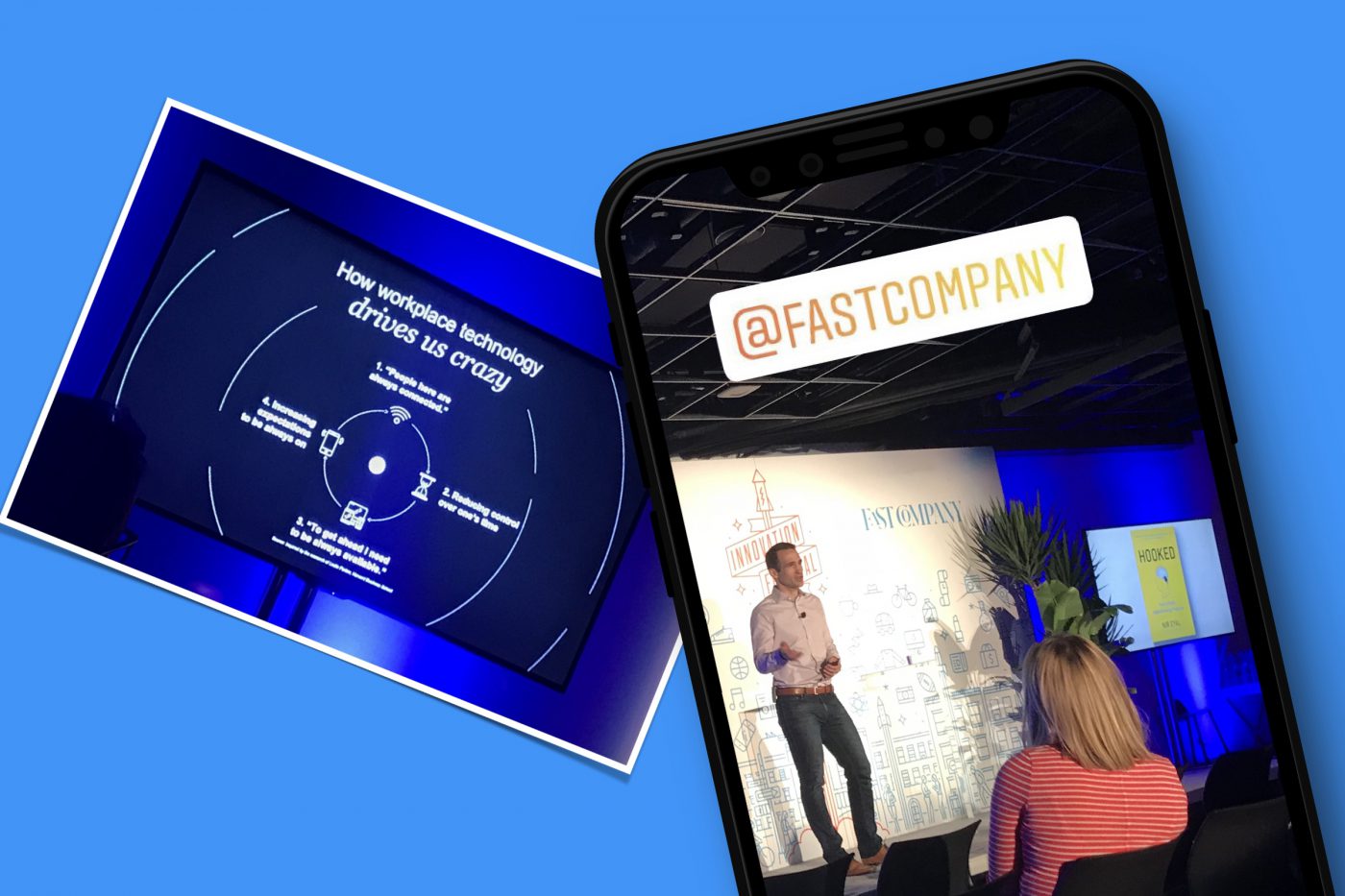
The golden rules for direct-to-consumer brands: Direct-to-consumer brands are now engaged in a fierce competition in consolidated industries. What do Casper, Parachute or Brandless have in common? Amongst other things, they designed their value proposition starting from pain points of current experiences, they are extremely consistent across all points of contact, they aim at having as transparent a supply chain as possible, the founder is the brand, the product is the result of constant adjustments which come from feedback loops in which the user is king. But even more interesting is that for them, brick-and-mortar retail is a crucial marketing tool for building trust around the brand and a solid relationship with their consumers. These aspects are placed before the sales channel. All this for the benefit of the online universe itself: once they are “in town”, they are also more effective at guaranteeing excellent delivery performance, such as same day delivery.

Have a voice: Today, brands decide to speak up. They decide to demonstrate and affirm the values they believe in. Whether it’s with a marketing project, like Coca Cola, transforming a homophobic and racist expression into a symbol of pride for the LGBT community. Or with tailor-made services for local communities, such as Stayfree, a project promoted by Dove India, with the aim of helping and supporting the women who work in the sex trade by teaching them a new job whilst they are on their periods.

Be on every screen: Consumers are no longer the ones who adapt to what is offered to them, but rather the brands which must adapt to the different ways in which their users experience content. Whether it is on the train, at home, at the office or in the park, consumers must have the ability to access content wherever, however, and however much they want to. Ideally with content that is tailor-made for each channel. Just think that Netflix is available on 17,000 types of device and used by 518 million devices worldwide.
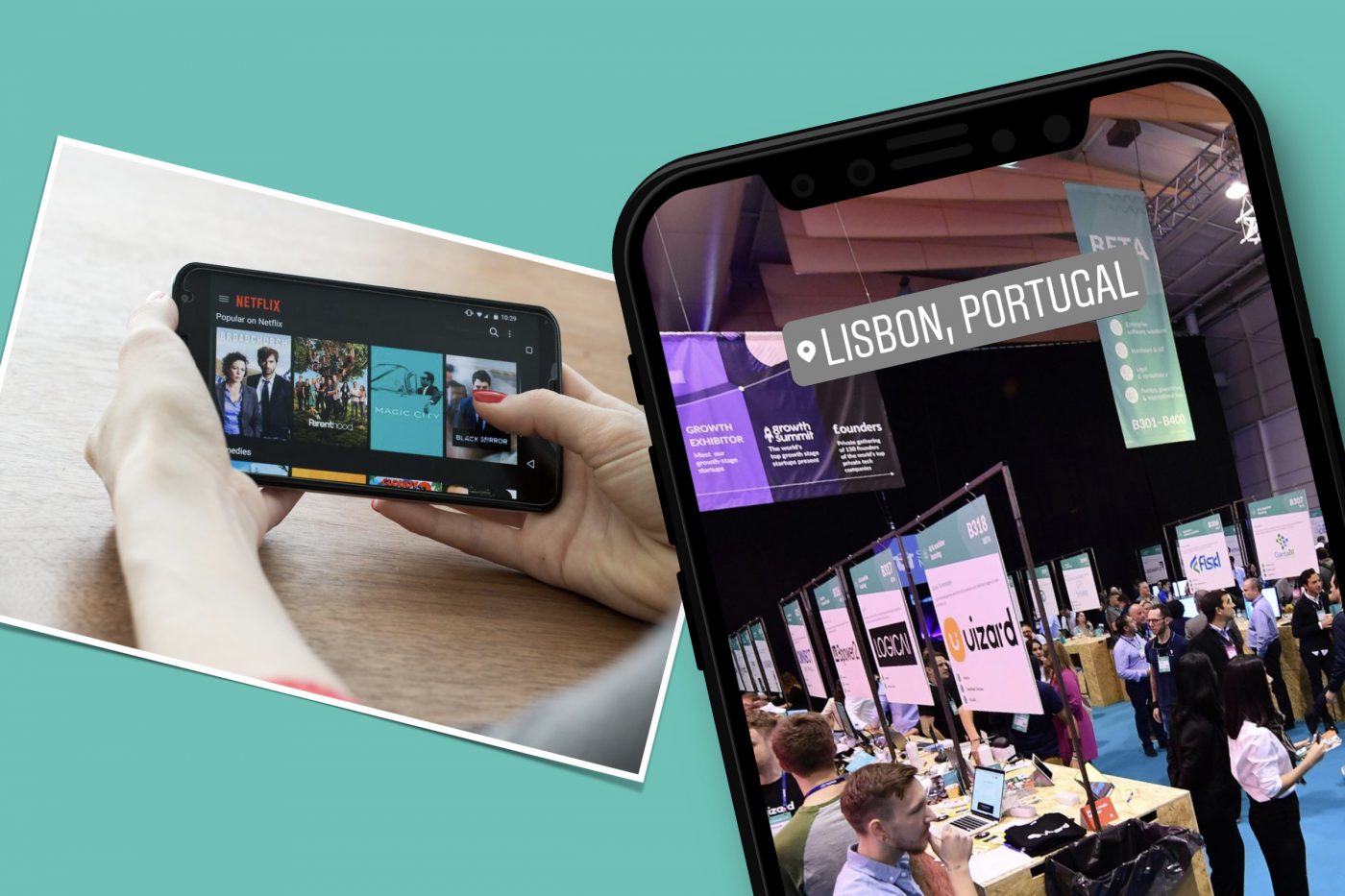
Let them create: Consumers are no longer satisfied with simply accessing multimedia content or products – they want to engage with it firsthand. They want to get stuck in and create something that is of value to the whole community. The result of this new level of interaction between brands and consumers is Minecraft Marketplace, which allows players to create their own games within the platform and then sell them on that same platform to other users. Penrose Studios, meanwhile, has created a proprietary technology to render their films more quickly, in order to take advantage of VR interaction. It then made it available and open-source to allow anyone interested in this new technology to experiment with it.
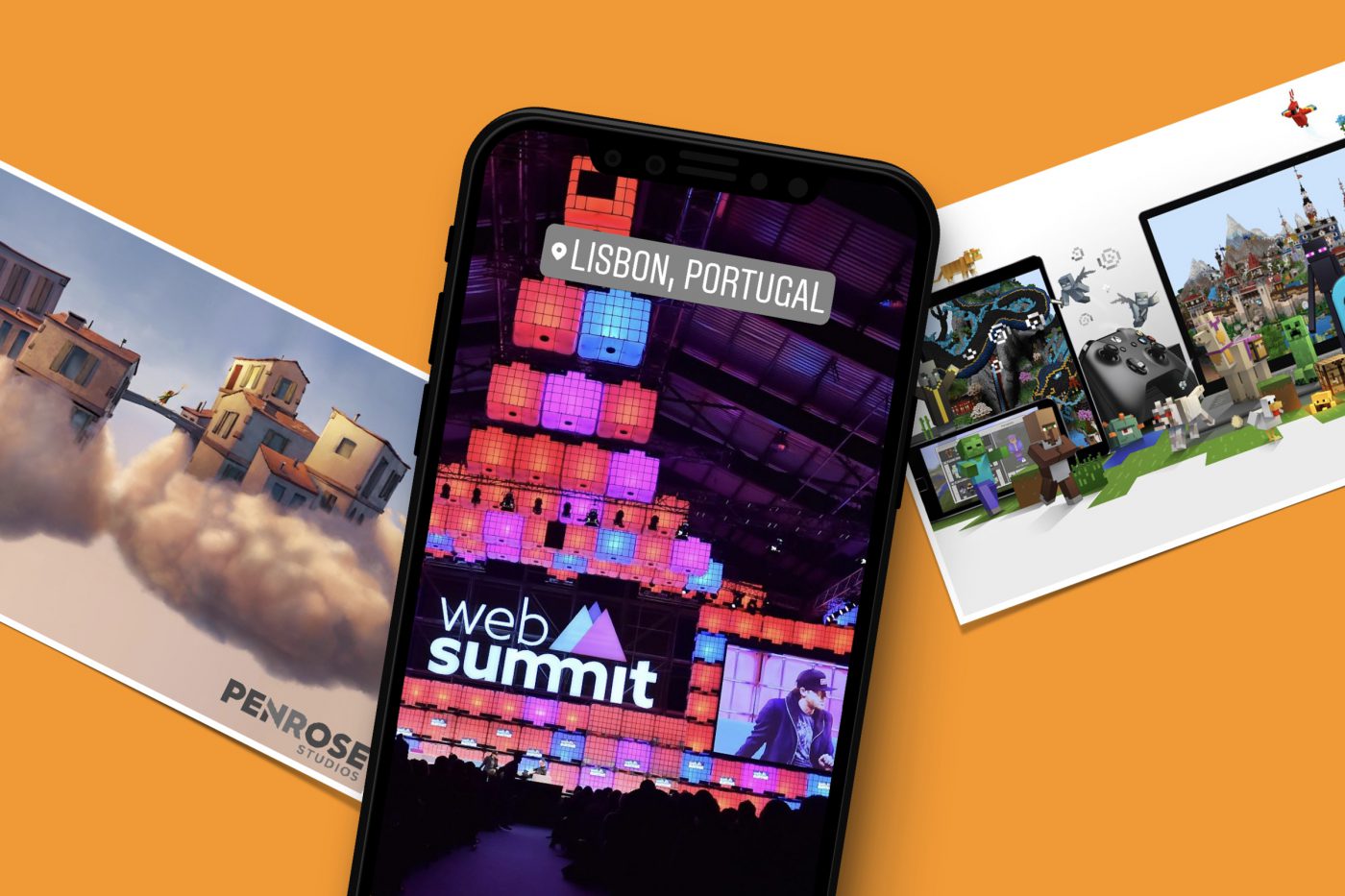
Regardless of the depth of the content that we may have encountered, our job is to explore, to be curious, to discover. With or without the festivals, with or without the trips, these moments remind us how essential it is to be able to have a fresh, critical and watchful eye which is always open to everything around us. Yes, it was worth it.
Recent research in the field of sociology of consumption suggests that this shift is possible thanks to some trends in values, most notably those of efficiency and aestheticism (the sociologist Gilles Lipovetsky even asserts that “today, the vector of aestheticisation of the world is no longer art, but consumption”).
The sports and cosmetics markets are undoubtedly representative of these two trends: on the one hand the enhancement of efficiency, linked to sport performance, and on the other, the celebration of aesthetics, which is the main platform of the cosmetic offering. Both markets propose narratives that underline the emotional connotations linked to overcoming your limits, whether by achieving a strenuous sporting goal, or by warding off noticeable signs of fatigue on your face.
Sports and cosmetics have always addressed the concept of fatigue but, historically, they have done so in different ways: in sport, fatigue equals pain, whereas in cosmetics, fatigue is a symptom to be erased or hidden.
However, many common values can be identified. Some examples could be: innovative technology, innovative design, statement items, organic and vegan.
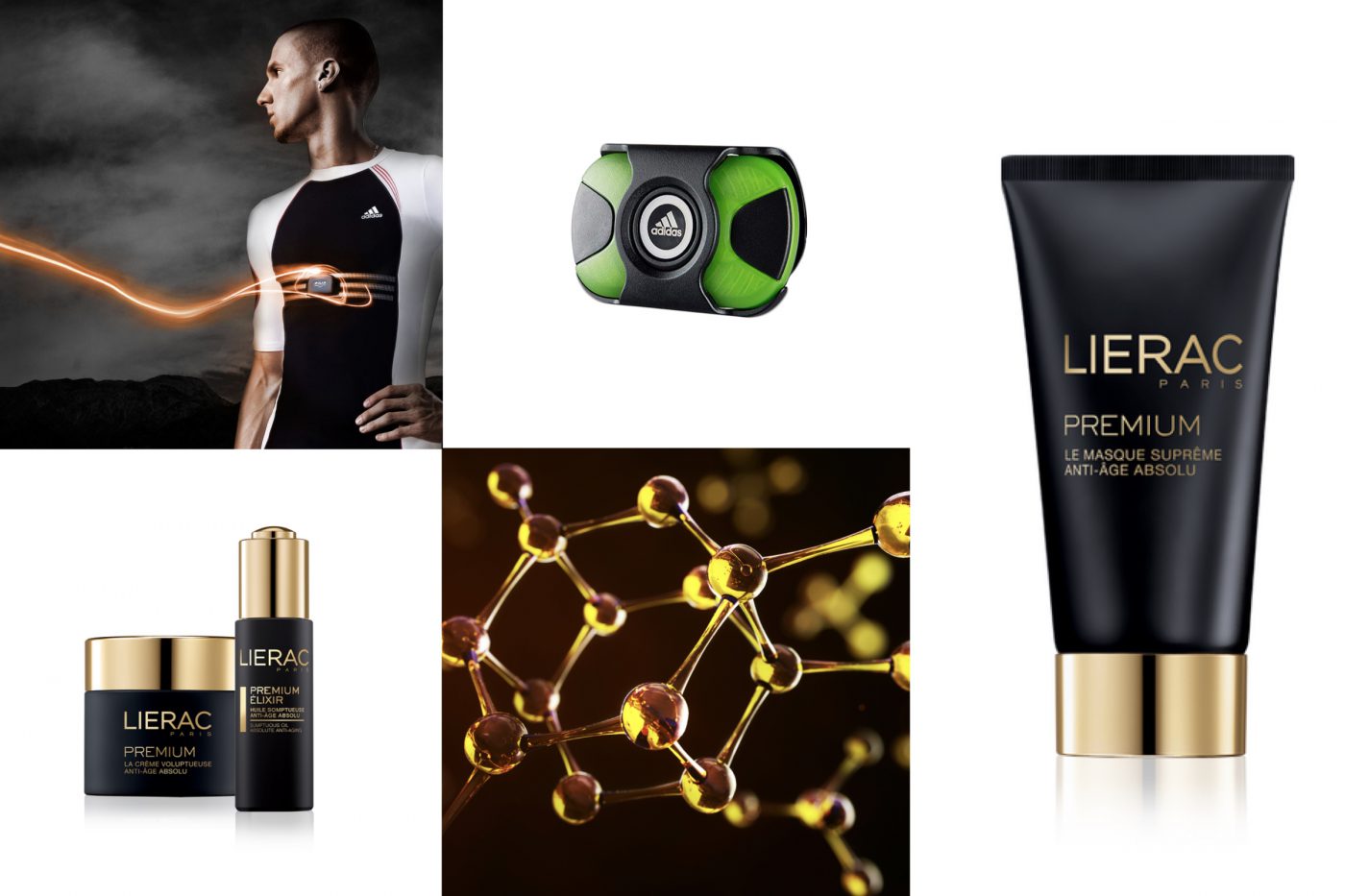
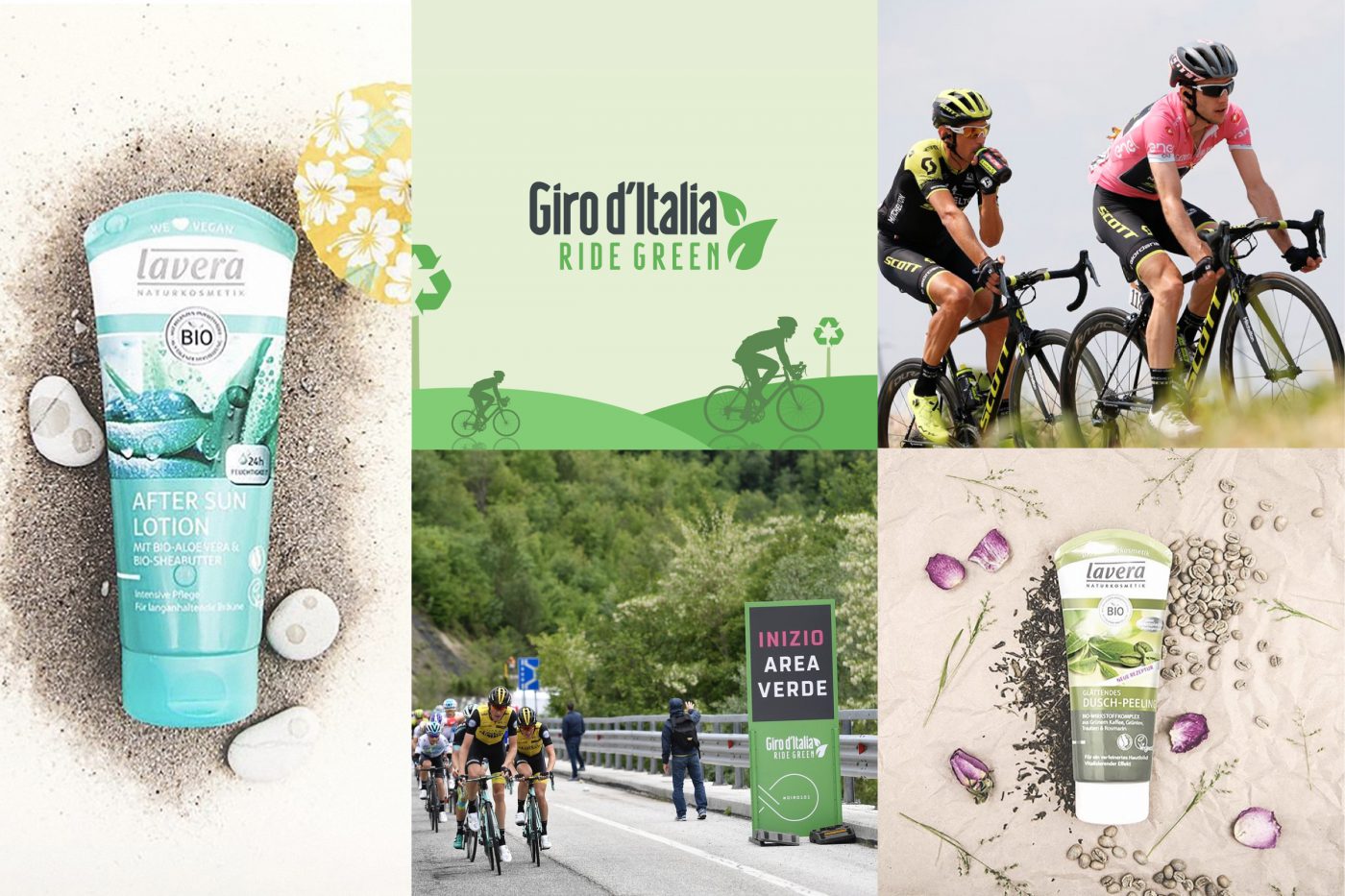
Focusing on these values gives a useful point of view to identify the profile of the new concept of fatigue, which is taken into account in order to attract existing and potential customers to practice sport as a way of taking care of themselves: terms such as energy, courage, control, experience, glamour, perseverance and effectiveness could, virtually, all become synonyms of fatigue.
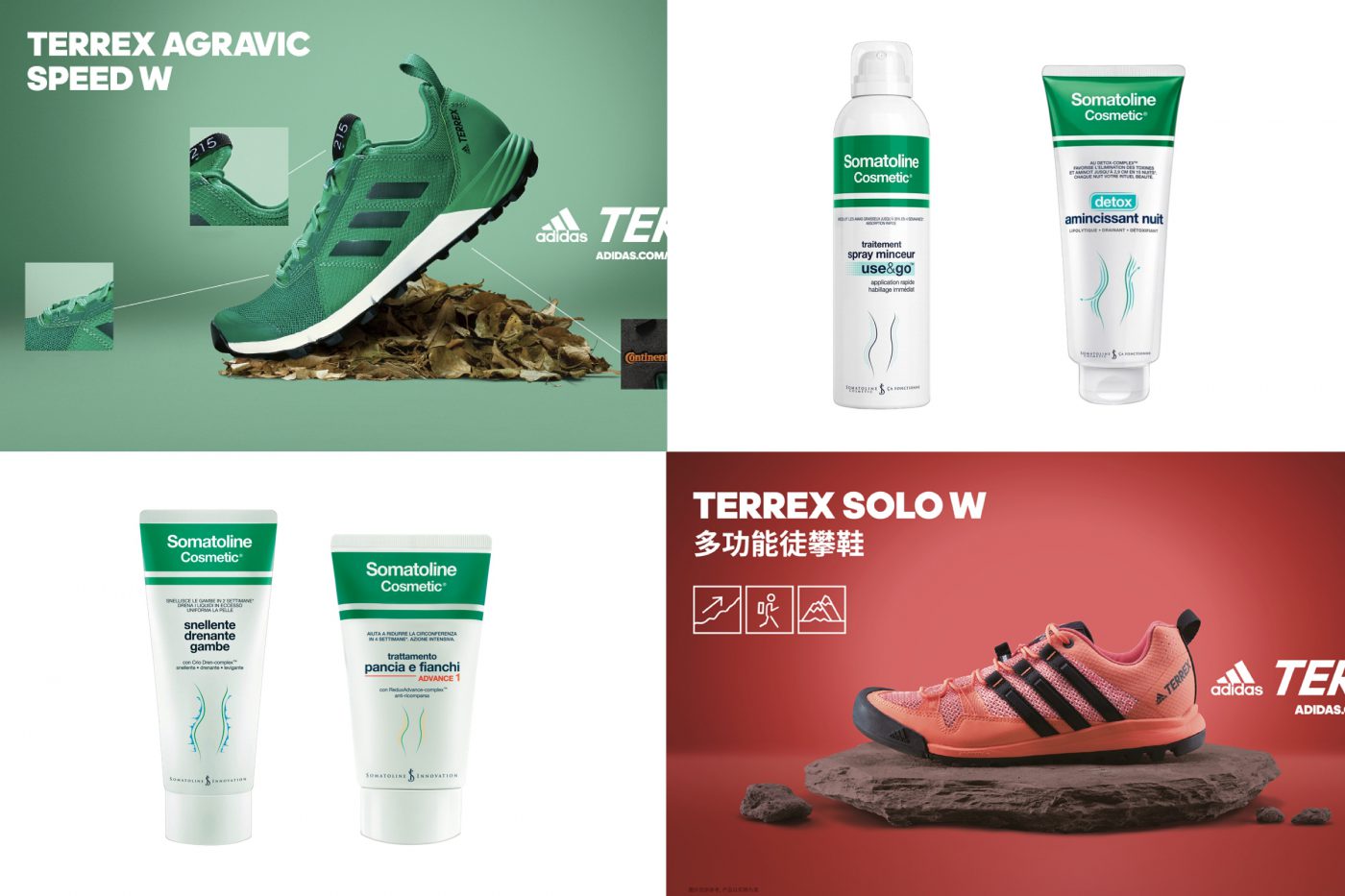
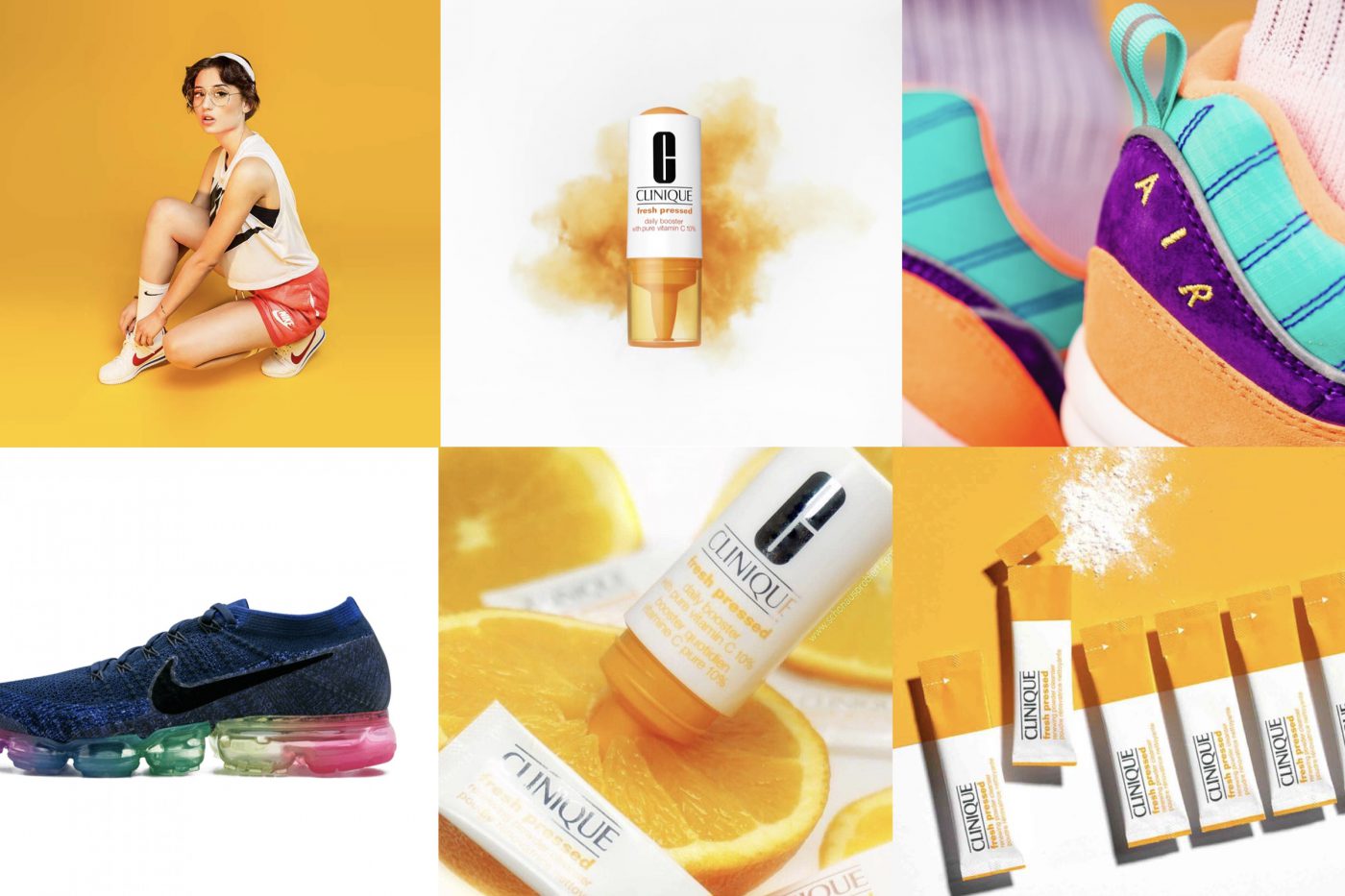
Below is an example of the cosmetics applied to cycling, which clearly represents what has been said so far: the intersection of two markets that, considering the values that unite them, together redefine a central element of their offering – the concept of fatigue, which is potentially negative – turning this into something desirable.
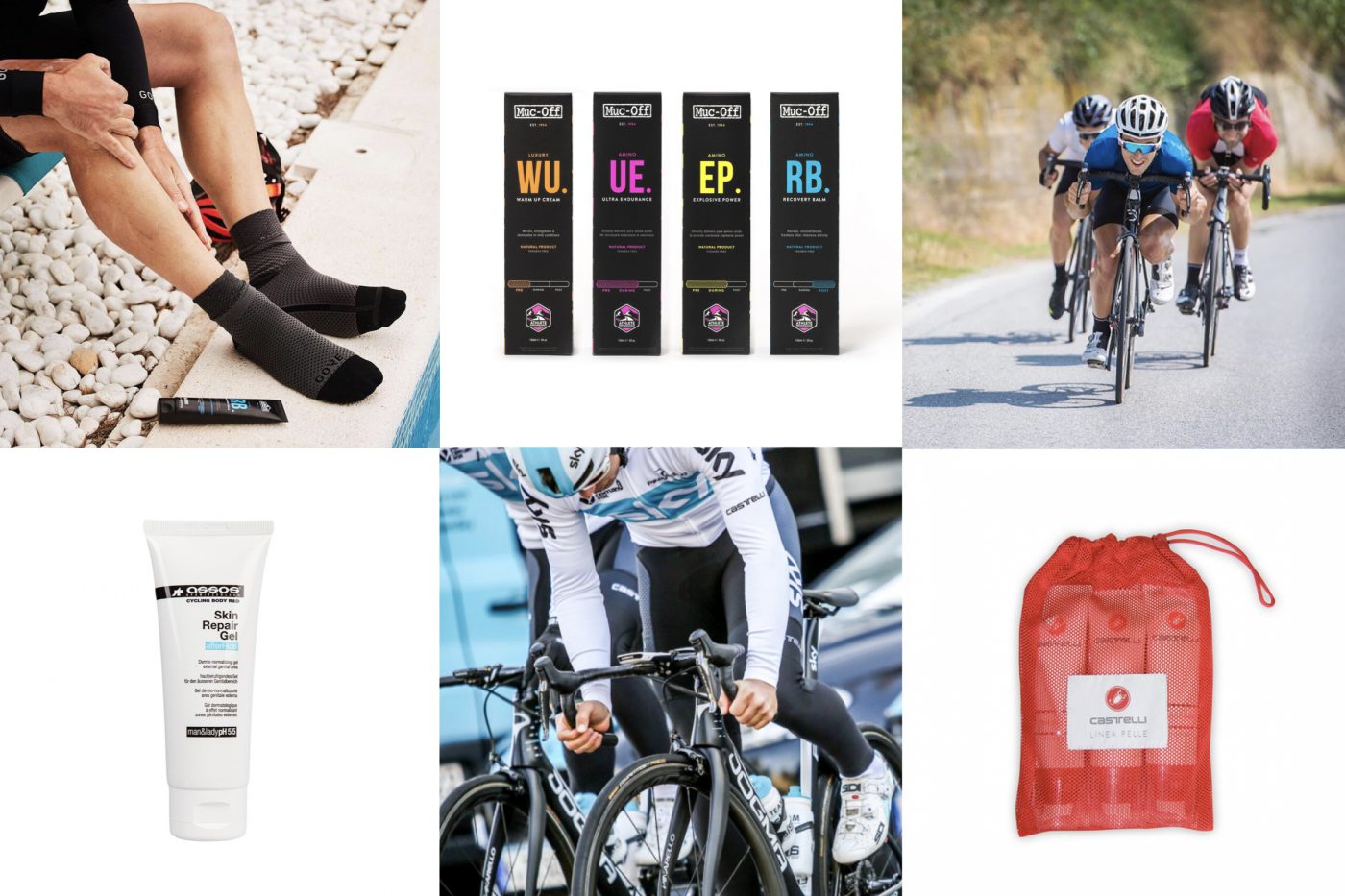
The cosmetics market is growing constantly year after year, driven by few big companies but featuring a constant increase of niche, local emerging brands. What is the cosmetics industry about? It promises a dream, creates an illusion, sellsu2028a mirage: eternal youth, time that stops, instant beauty. What is beauty? How personal and subjective is beauty, how many beauties exist? We are all different, but we are all beautiful in our way. If every brand offers youu2028the same promise of beauty, who do you believe? how to choose? How can I choose between two products whose purpose and benefit are identical? That’s where brand designu2028 steps in, because it is the tool to give an identity to those brand promises, making them visible, different from each other and desirable for people. What is desirable and trending today?
One thing we all look for today is sustainability. Responsible consumption is no longer for a niche audience, today we all make sustainable choices. It’s true for the food we eat, but for fashion and cosmetics purchases as well. Purchasing decisions are increasingly motivated by the quest for healthy living and “green” consumption, where the “natural” is wider-encompassing to include products with eco-credentials, sustainable sourcing and clean labels. How this trend applies to the cosmetics industry?
The cosmetics world sees a continuous rise of small brands focused on organic ingredients. Small, locally sourced, organic, super-ethic, natural hero ingredient based brands answer to this quest, talking to people looking for a more sustainable lifestyle. Their mantra is more or less on good sense, not asking for miracles but rather emphasizing nature’s power.
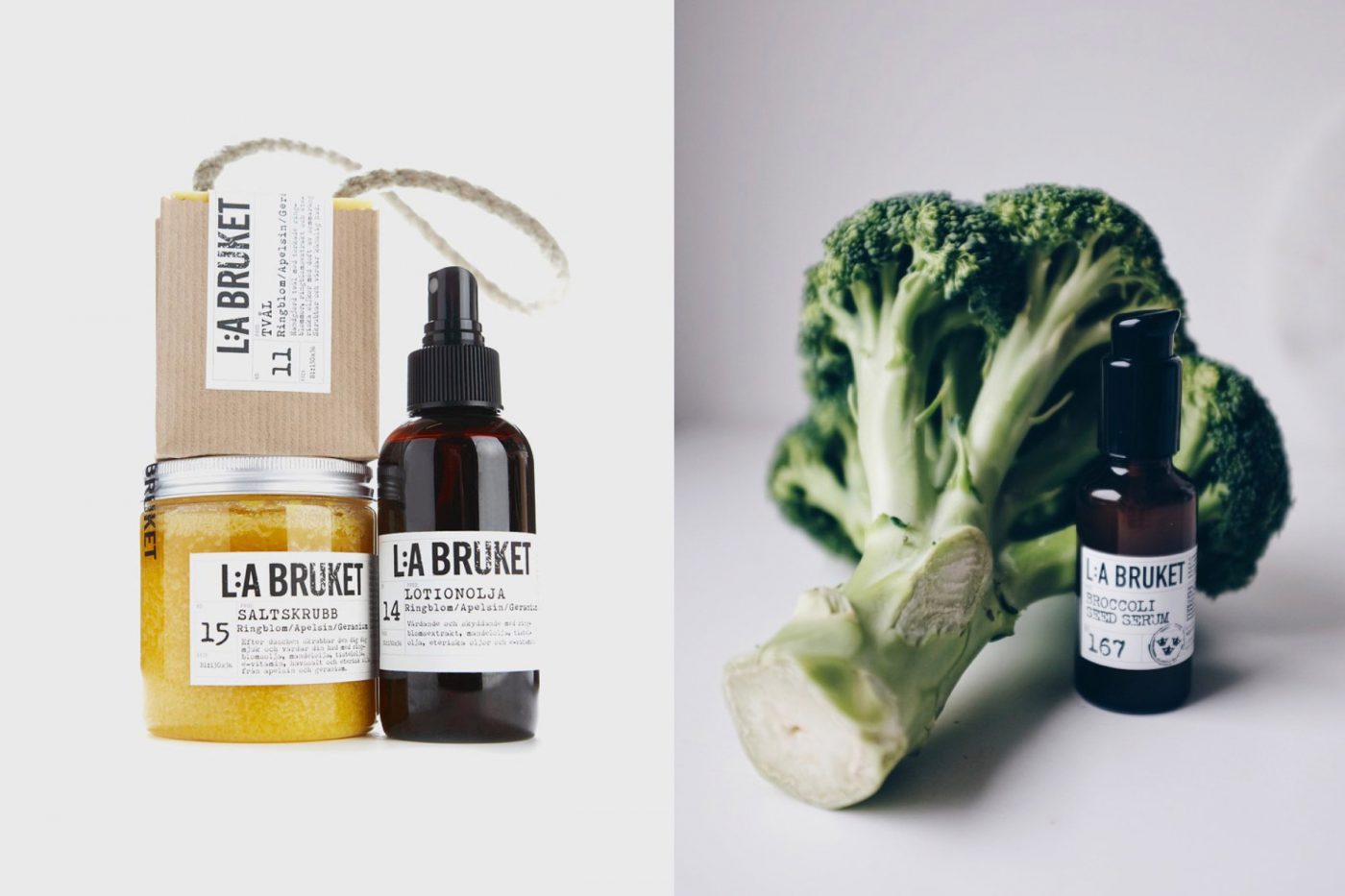

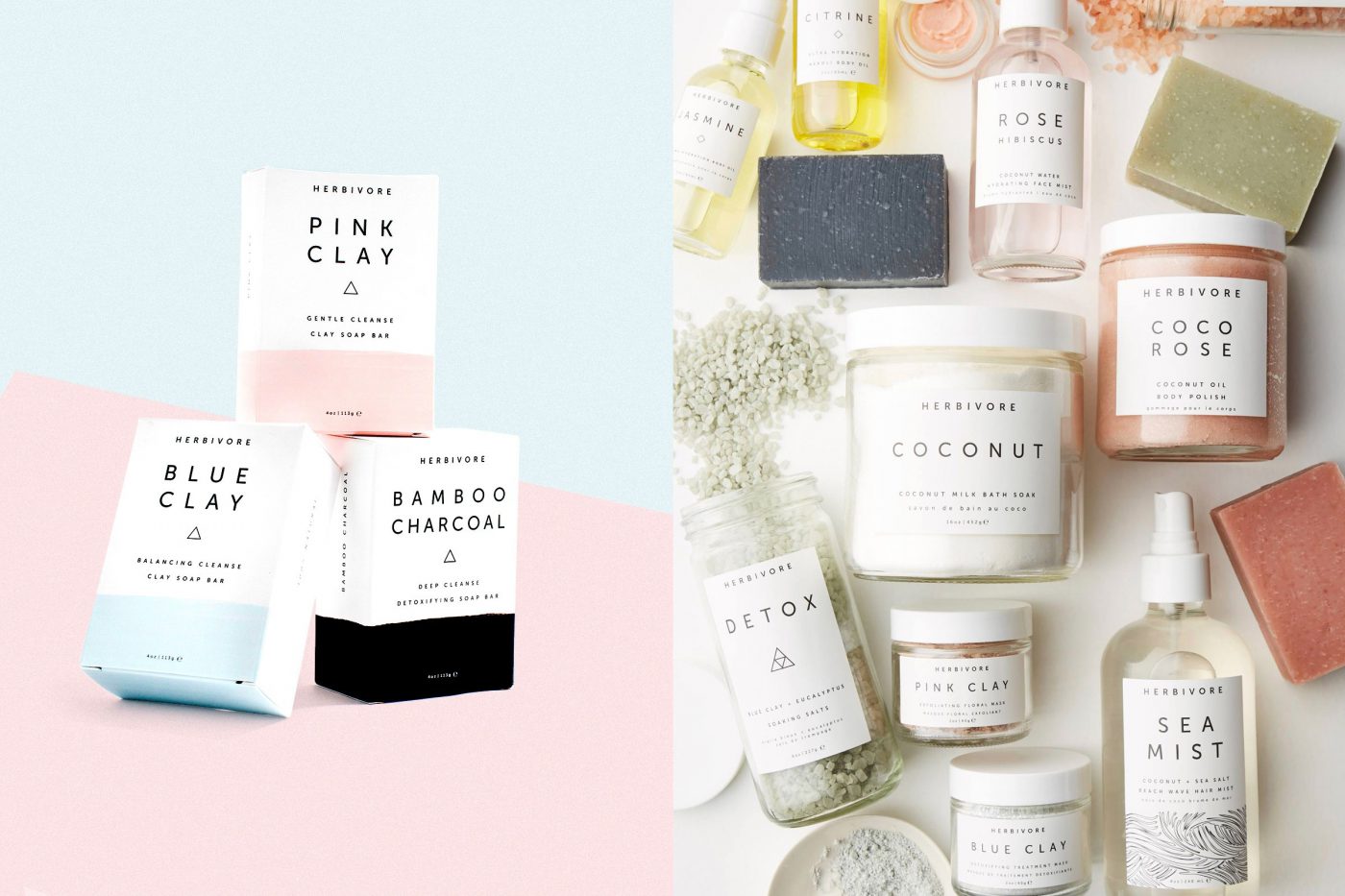
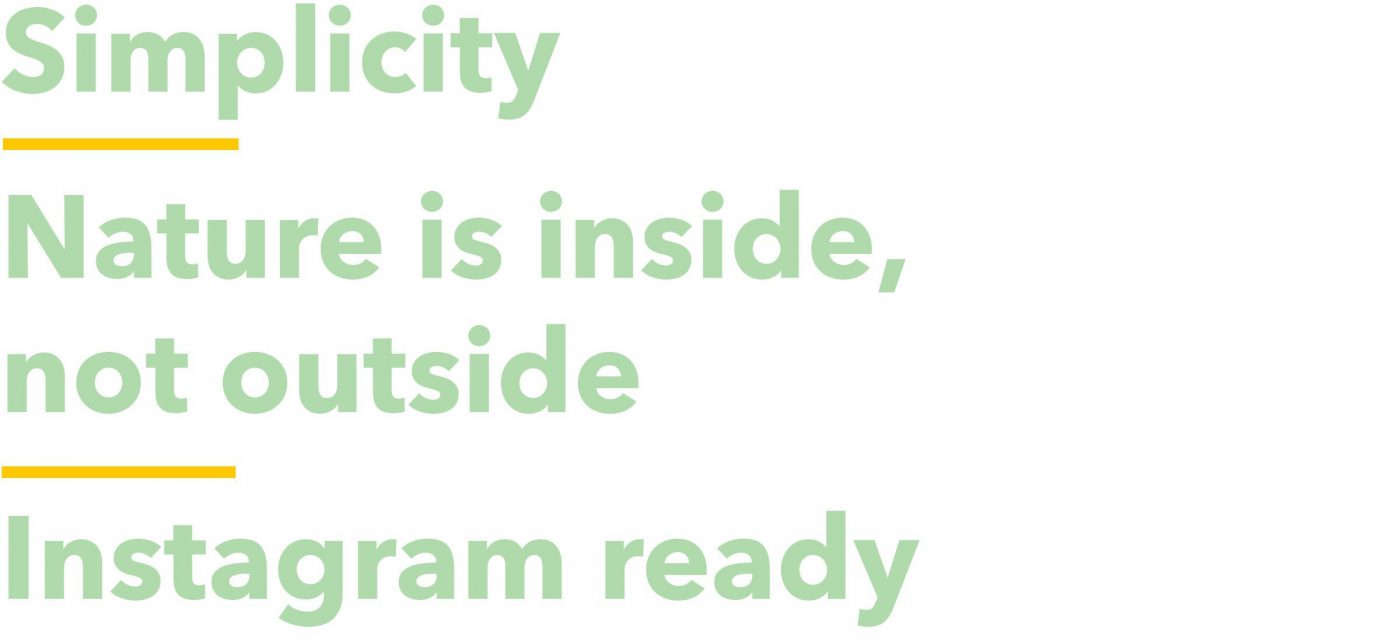
The need for sustainability is something not only small brands are responding to. Also big multinational companies are moving in this direction. After decades of greenish communication but practices that could be seen as contradictory, they all want to stand out by a better footprint, with some more or less nature based products and brands.
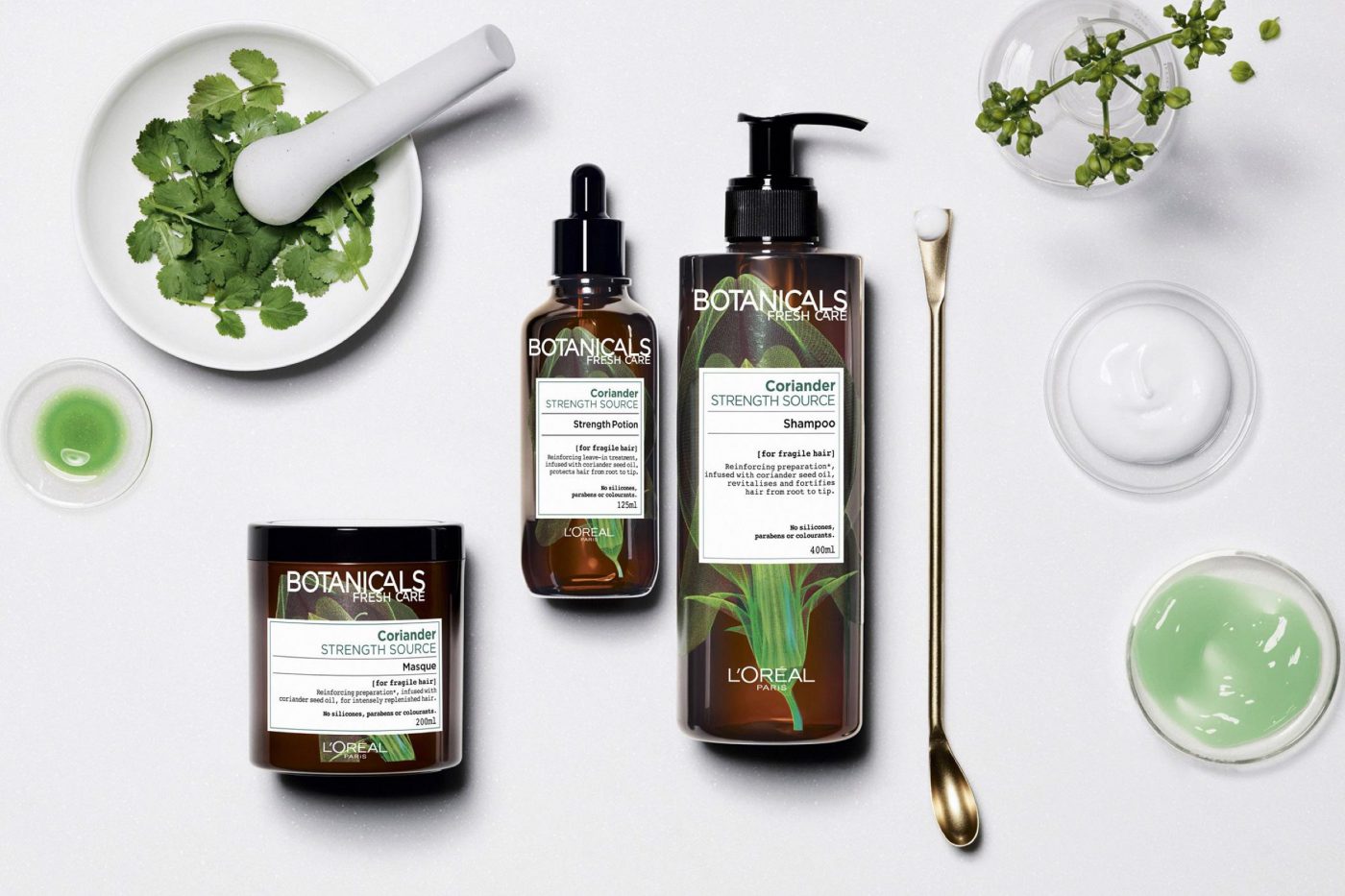

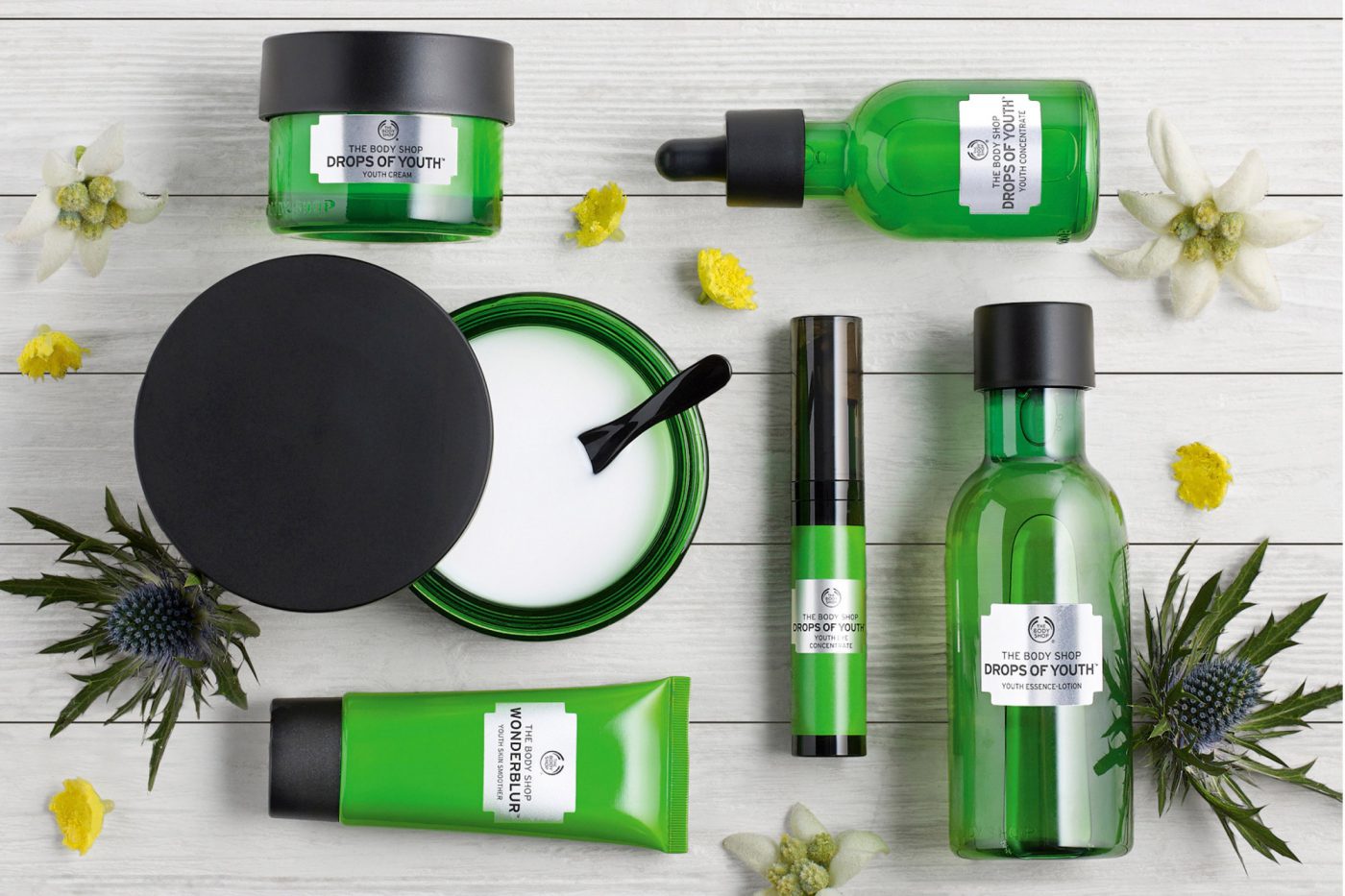

Another thing that is desirable today is to have an experience out of everything. We seek “experiences” over “possessions”, and so we consume less, but we reallocate income to premium products. This is happening in many areas of our lives, one of them is music. We used to collect compact discs, then we filled our iPods with tons of MP3s, now it’s Spotify’s turn and we no longer possess music. But we spend more money for concerts, deluxe editions, expensive turntables and headphones.
How is the cosmetics industry answering to this trend?
The hi-end, uber luxury, heavy wealth signs, owning their resources, rare and expensive ingredients brands are answering to this trend. There’s a particular need for emergent markets – like China – to stand out by luxury items, especially linked to age signs fighting and eternal youth sourcing. It is all about exclusivity, with many fabulous products filled with rare and expensive ingredients.




Giacomo Cesana
Creative Director
Subscribe and receive CBA’s latest news directly in your inbox!
© CBA DESIGN 2021 – CB’A Srl 05940620965
Privacy Overview